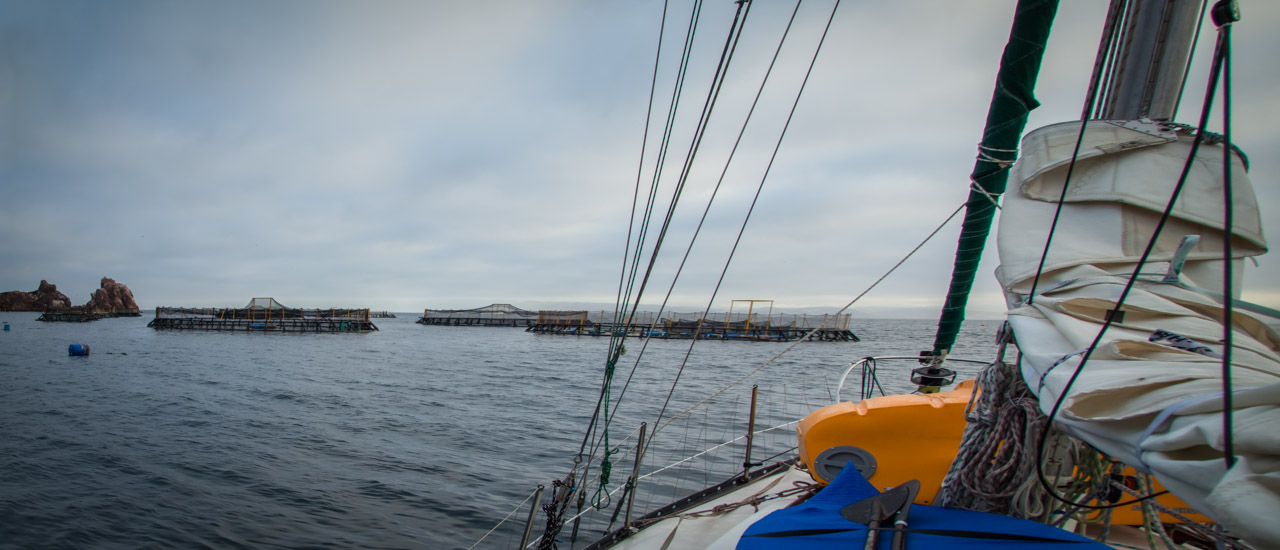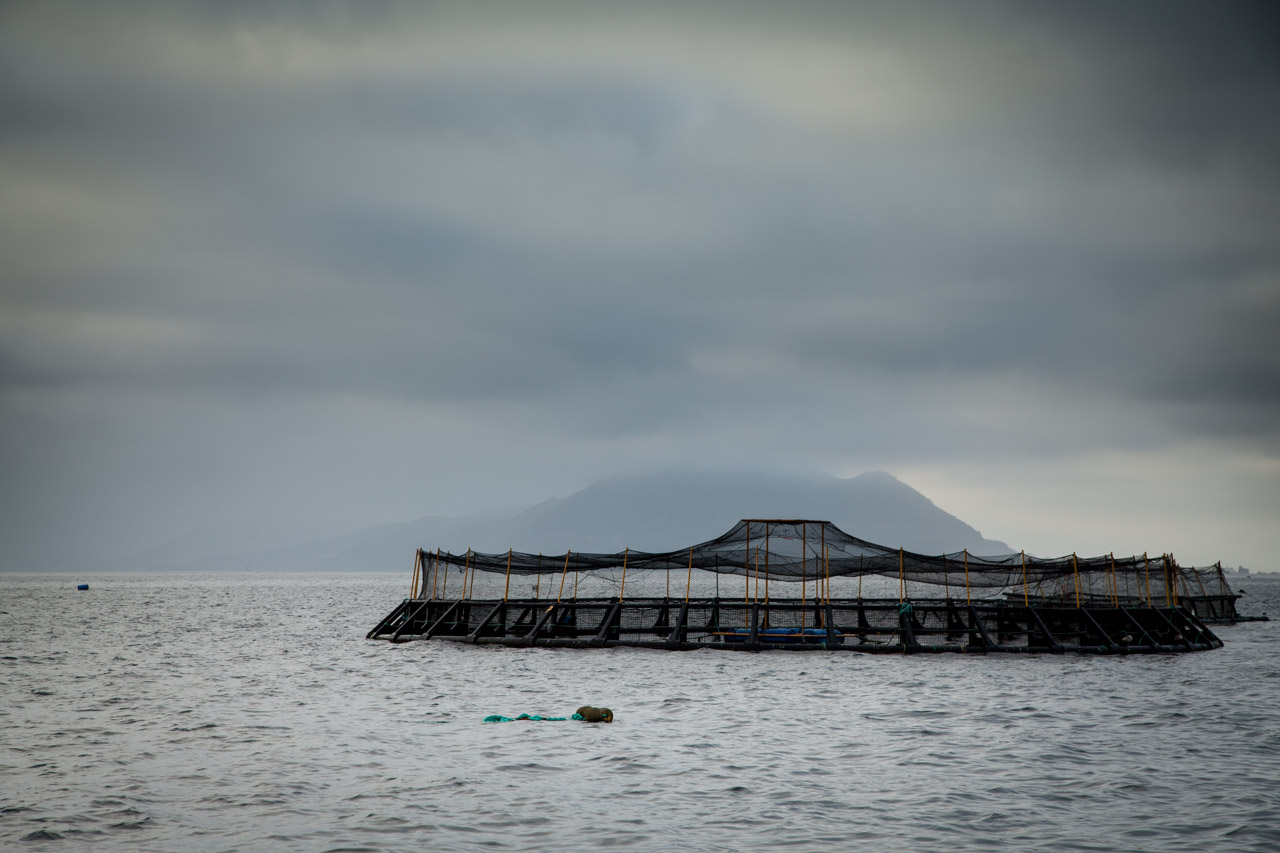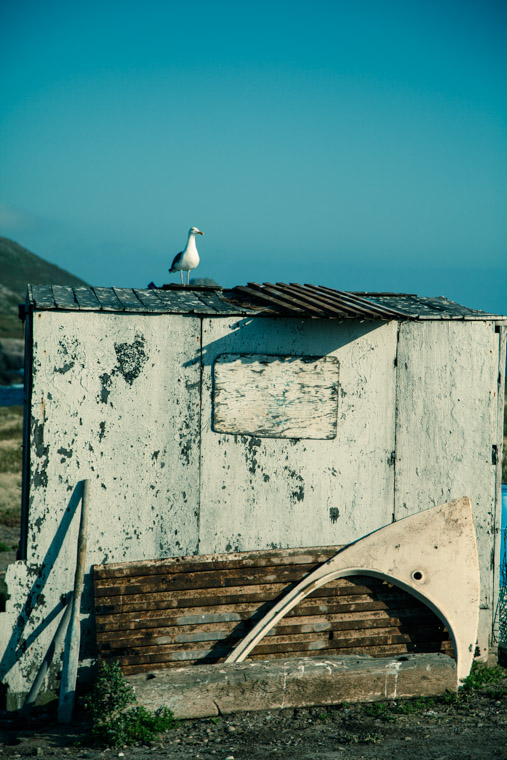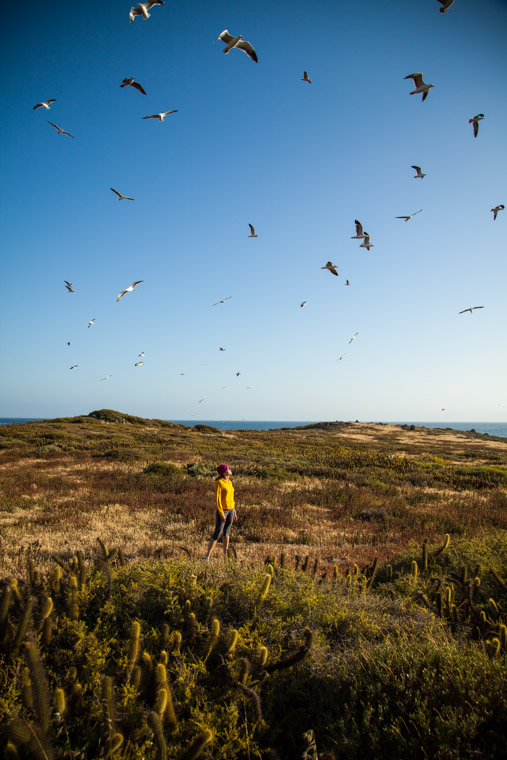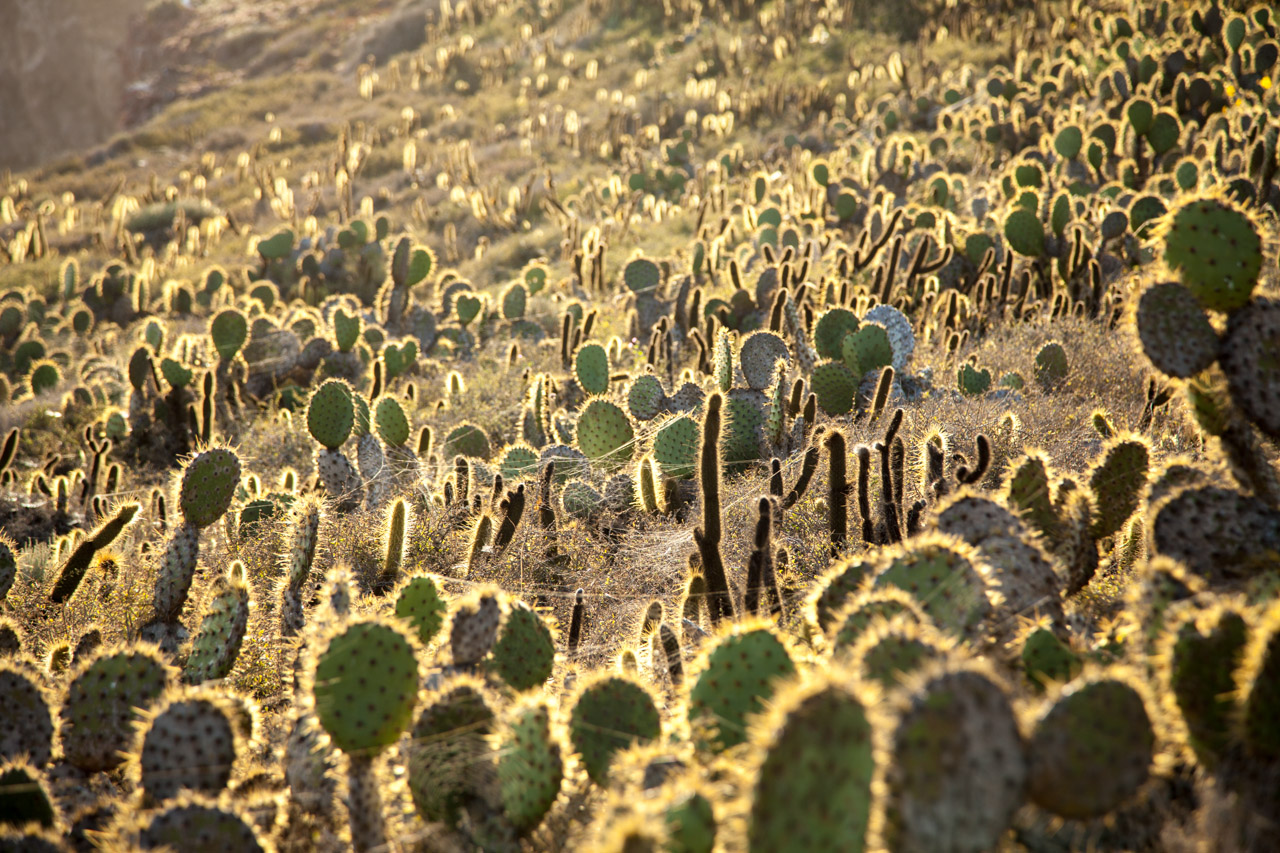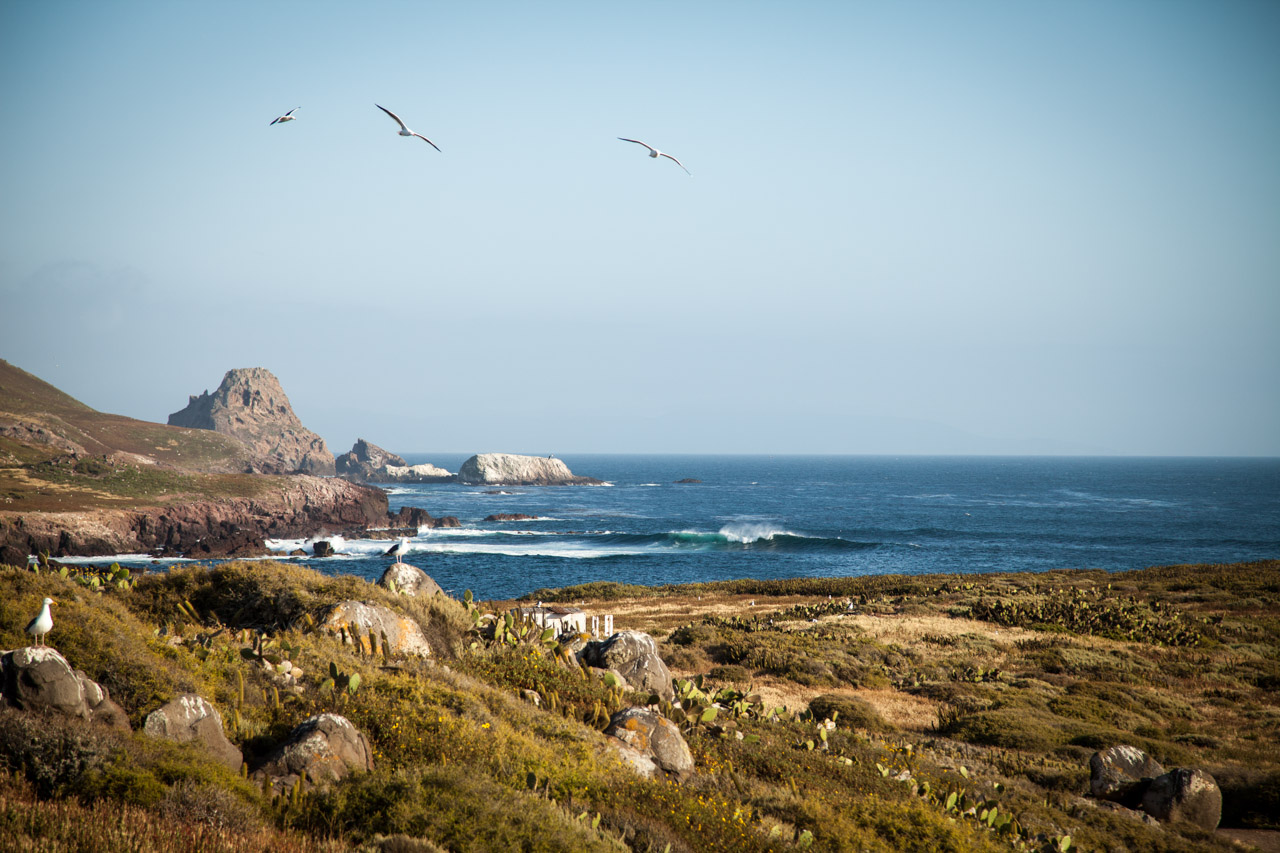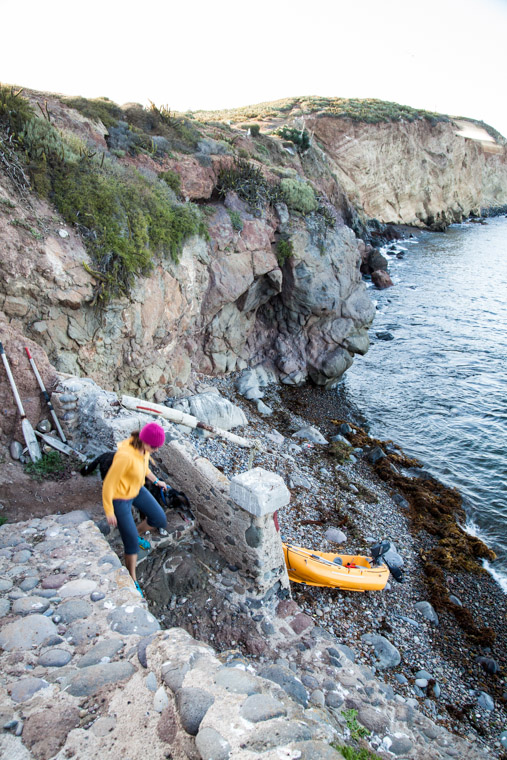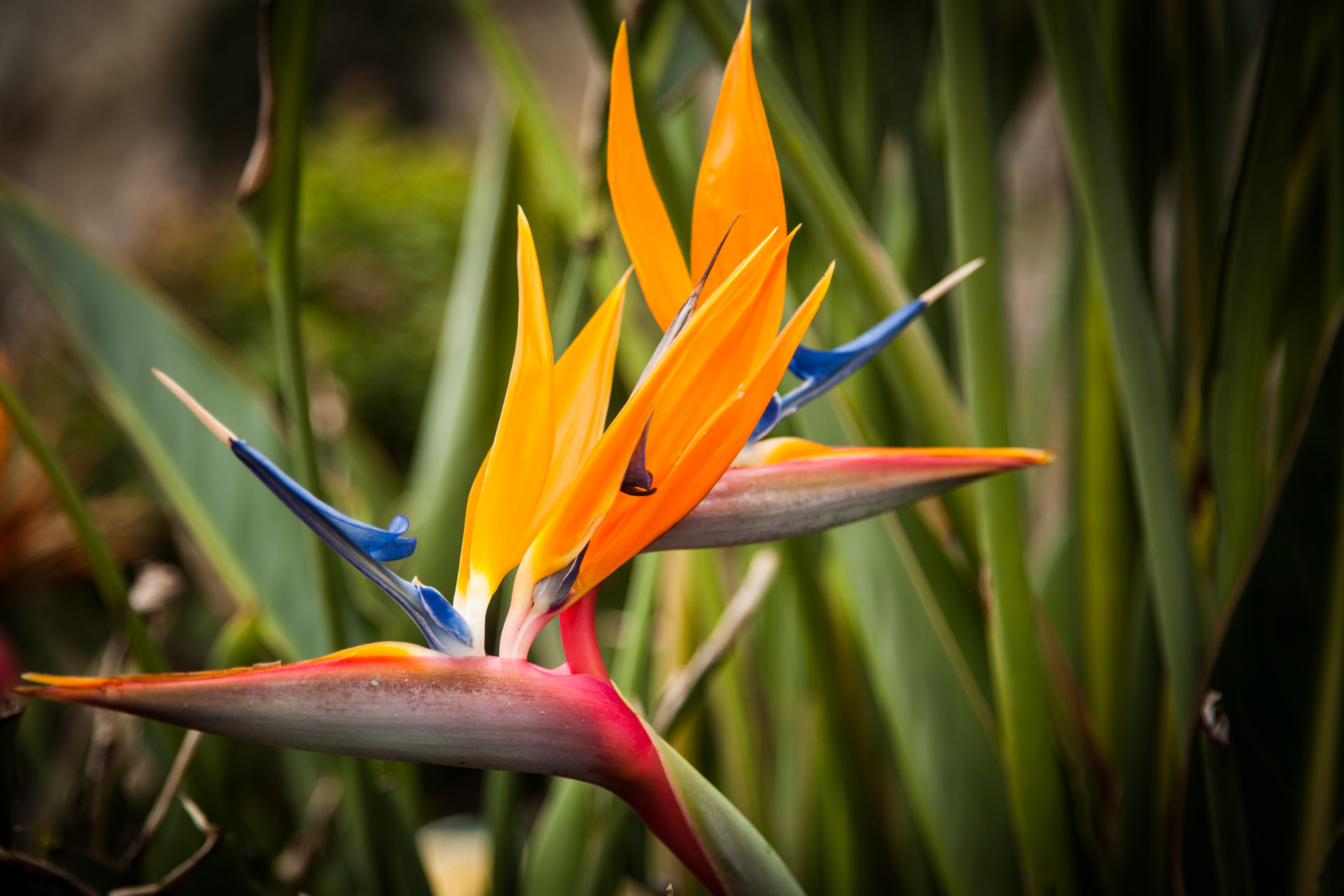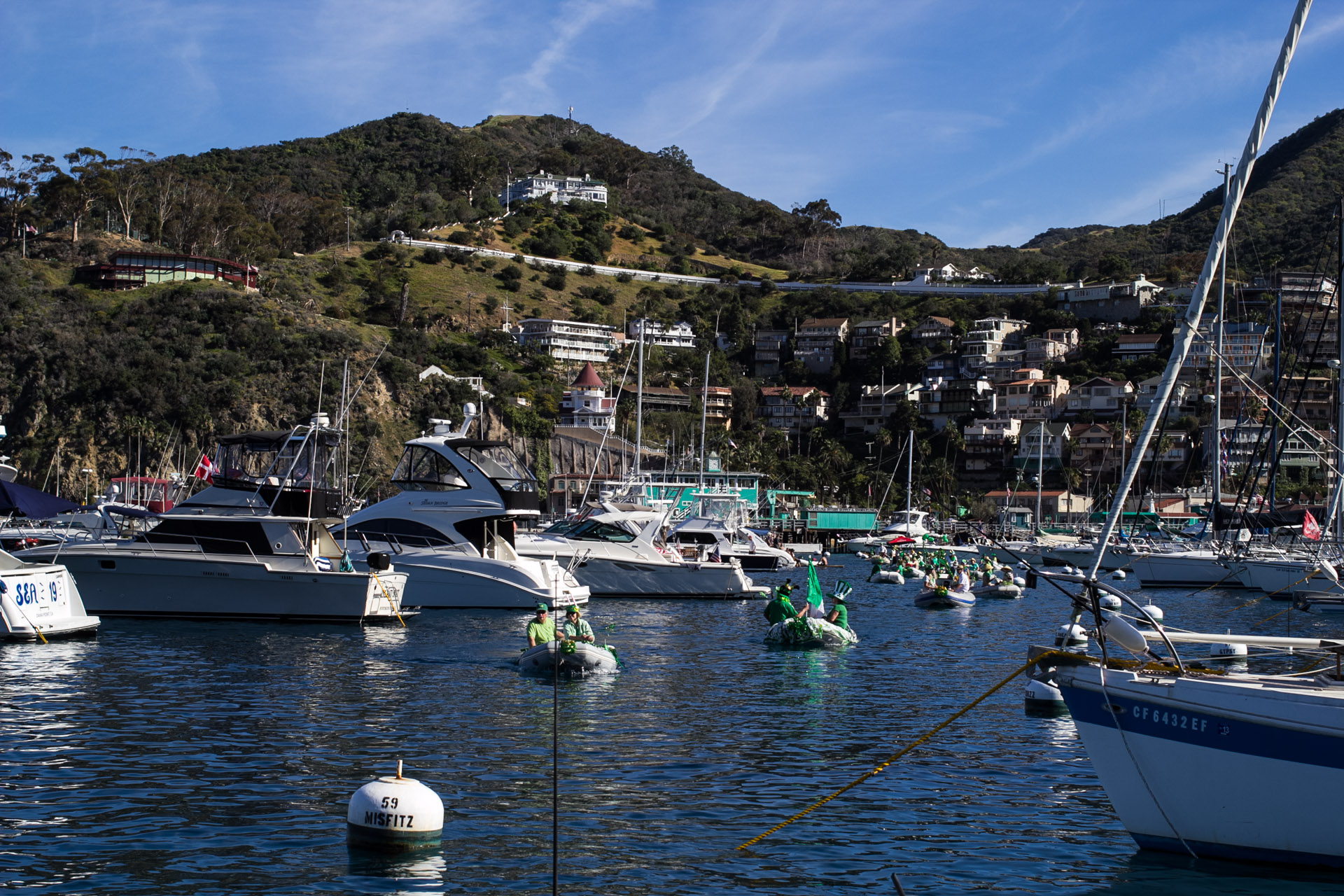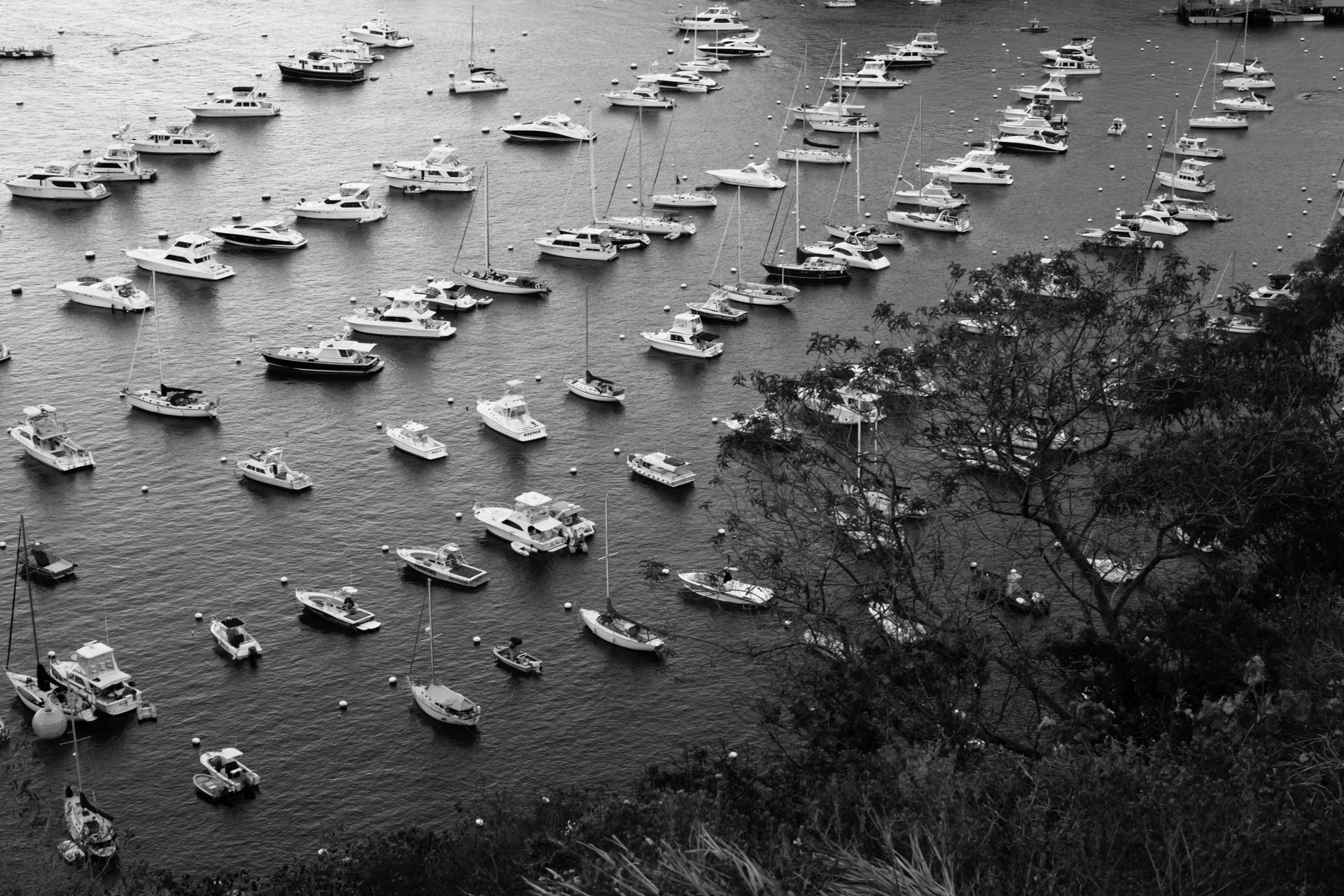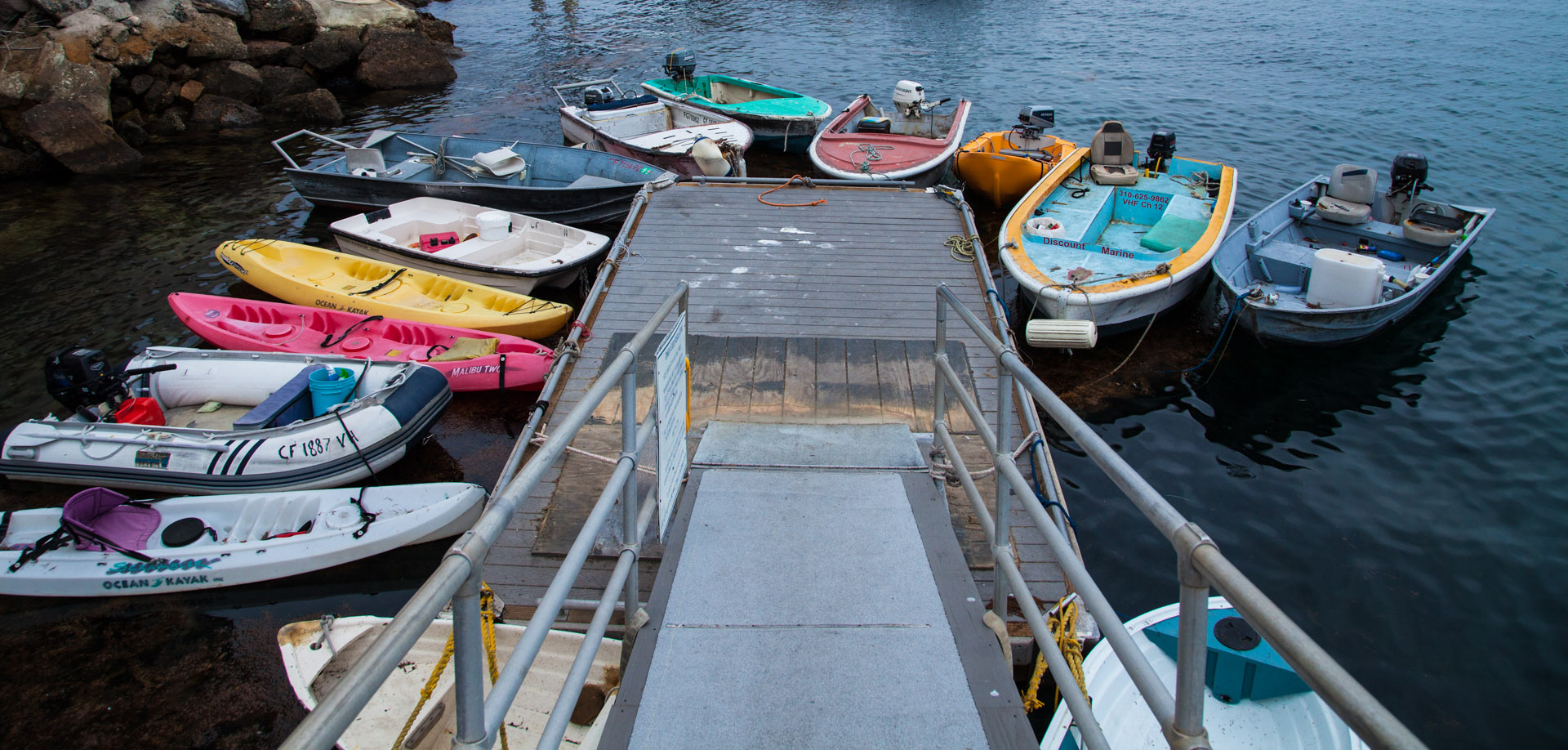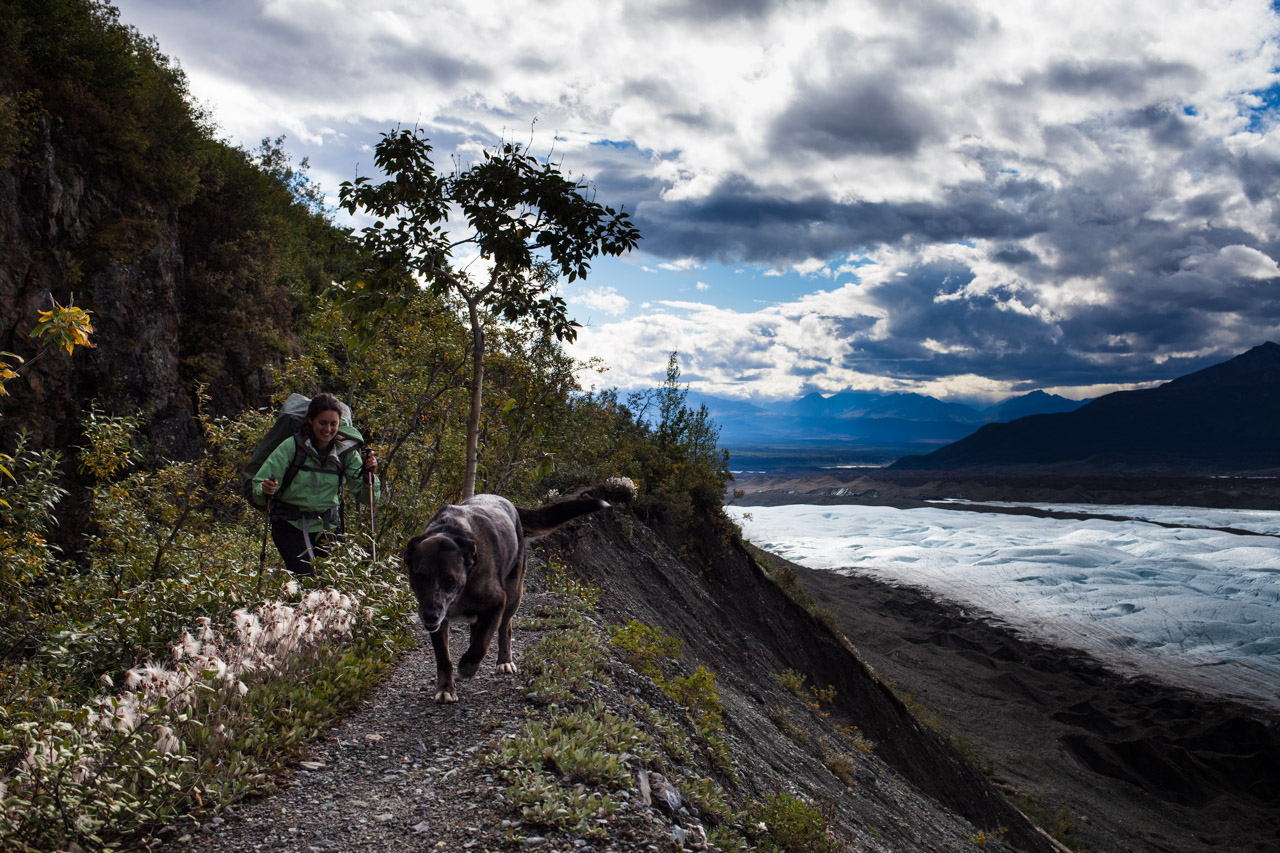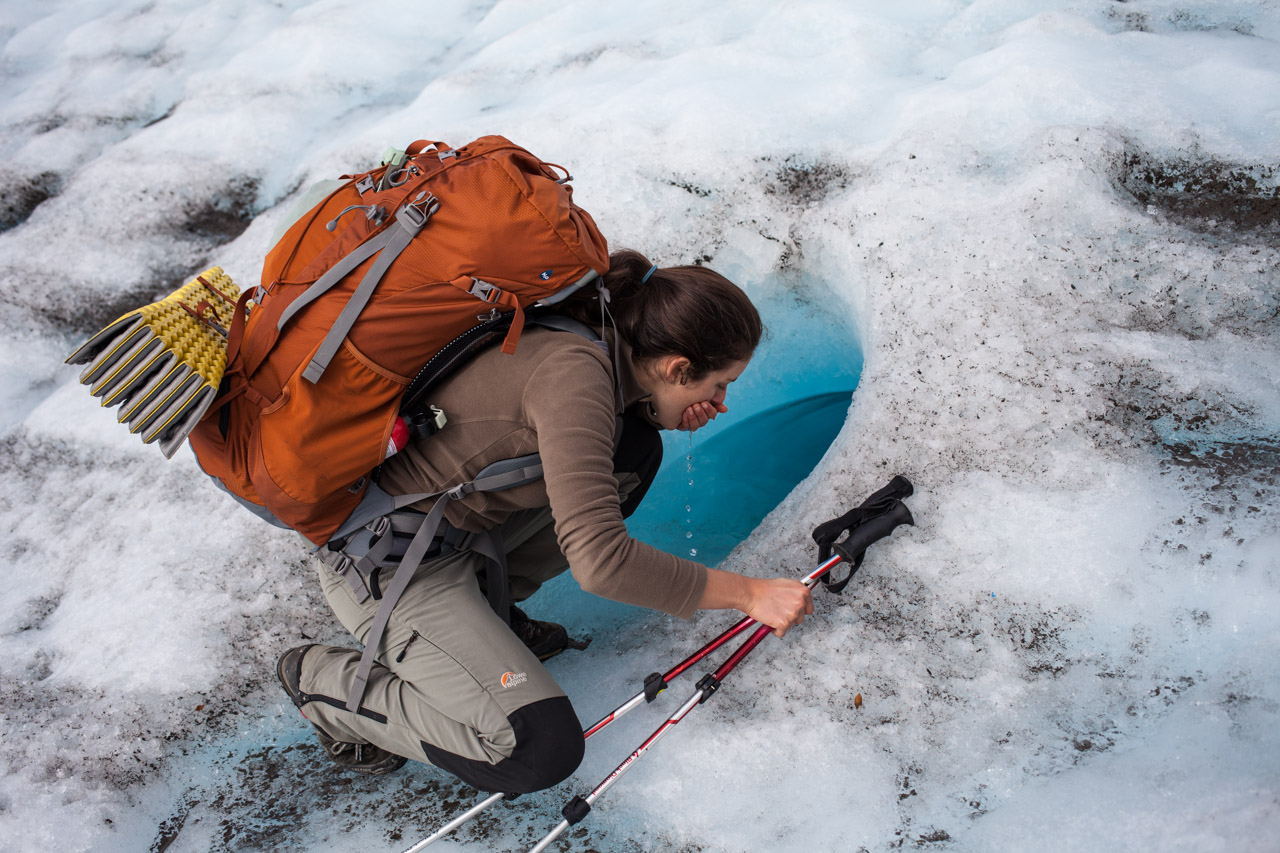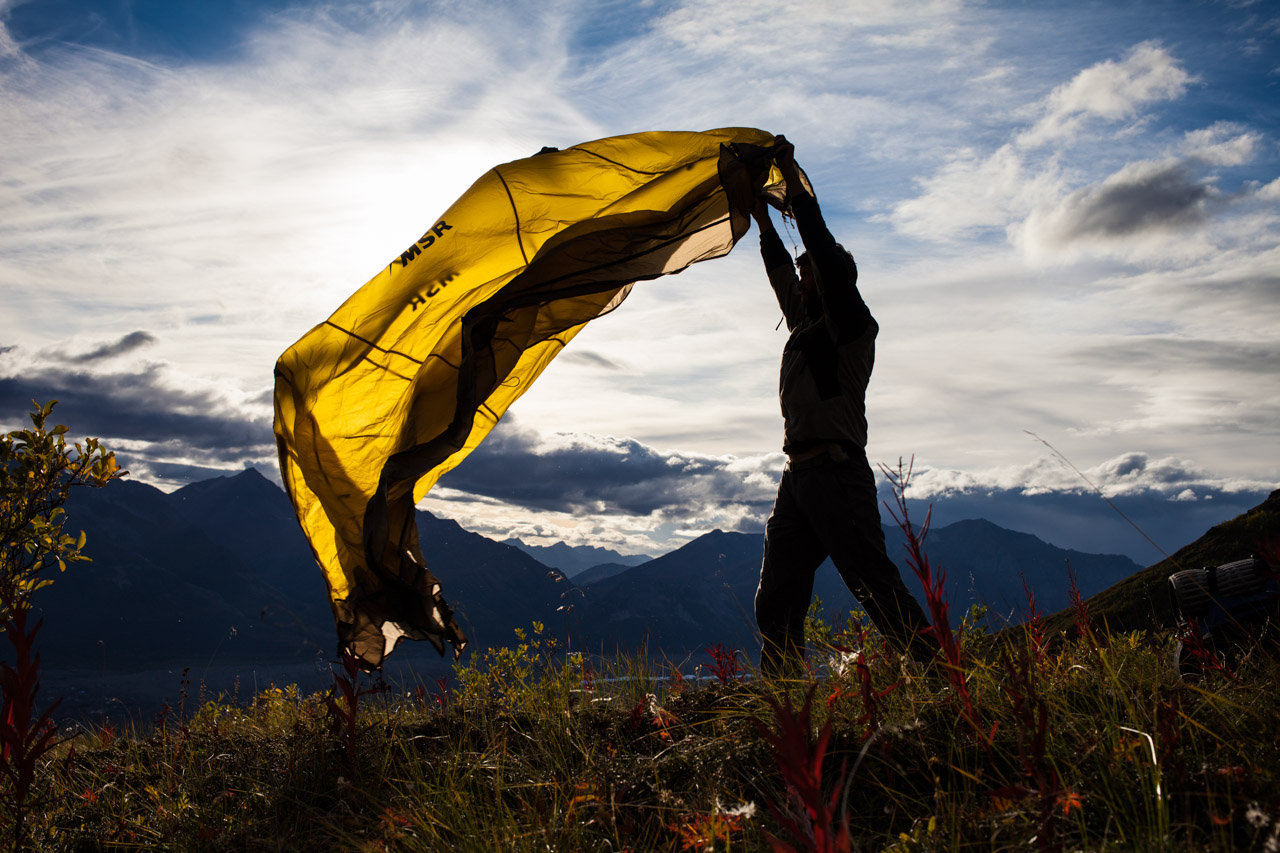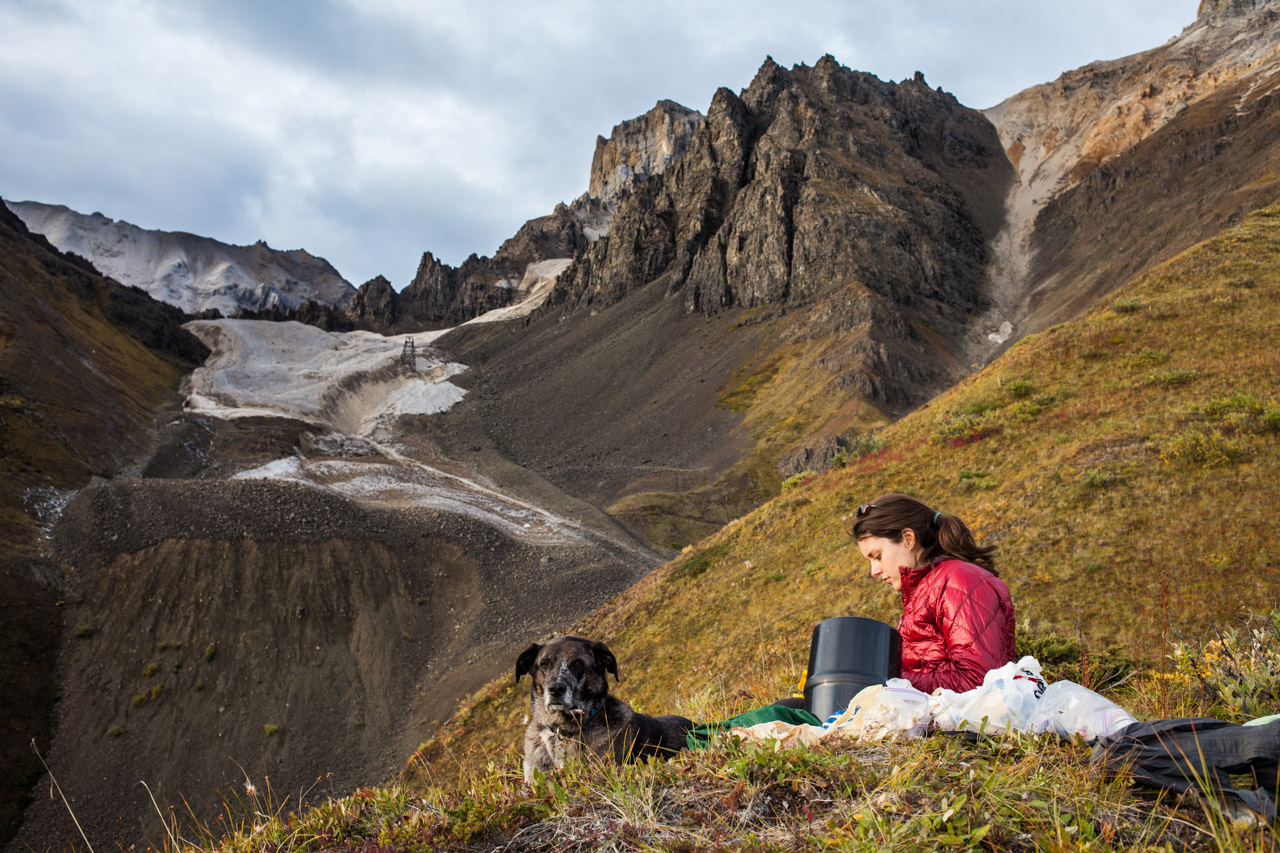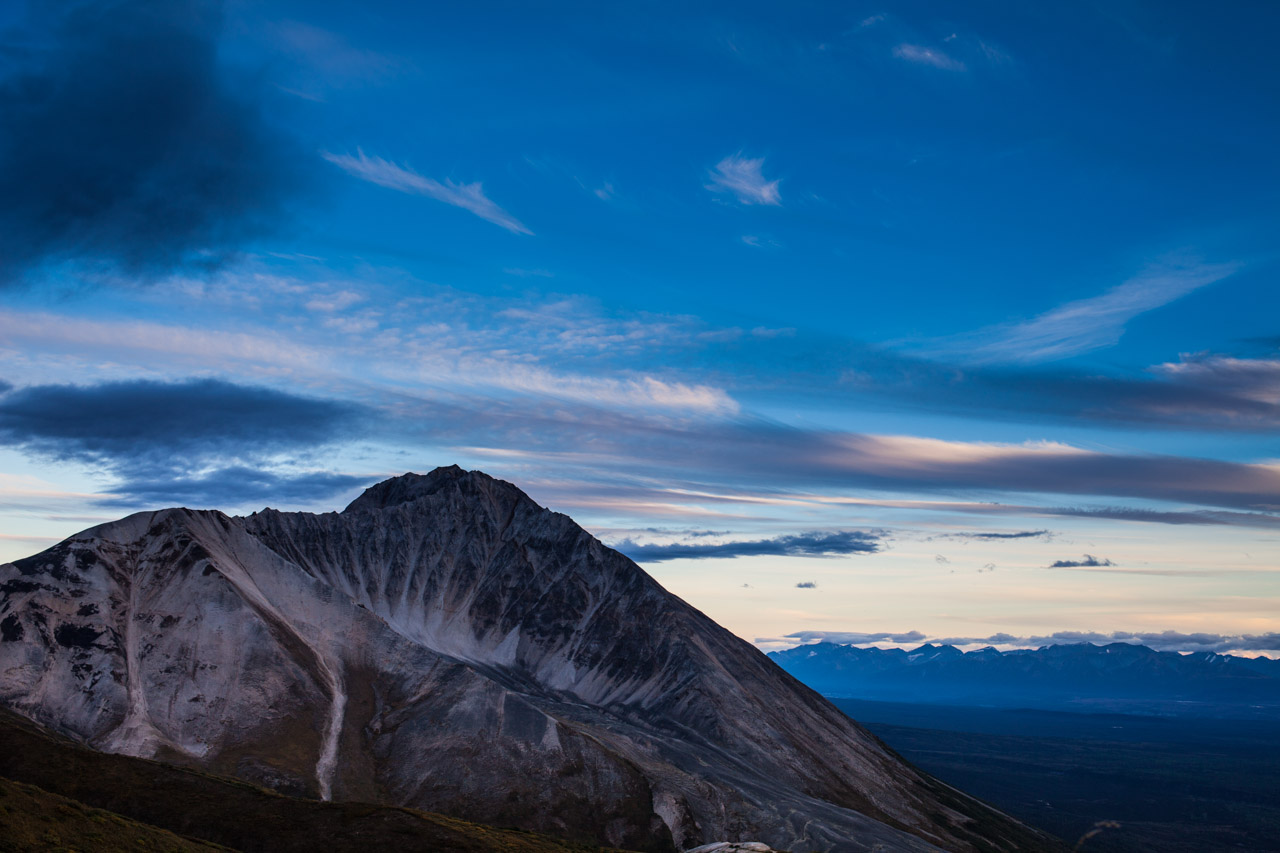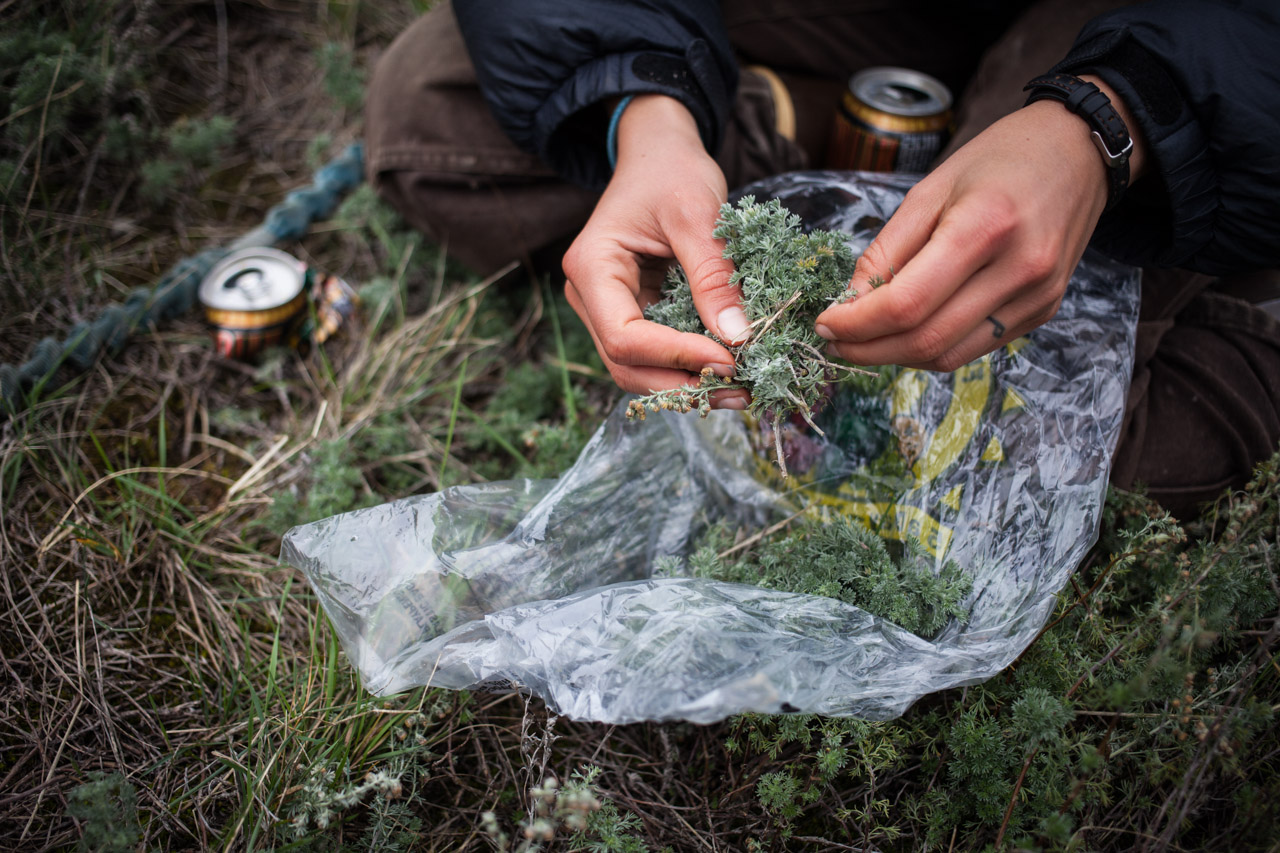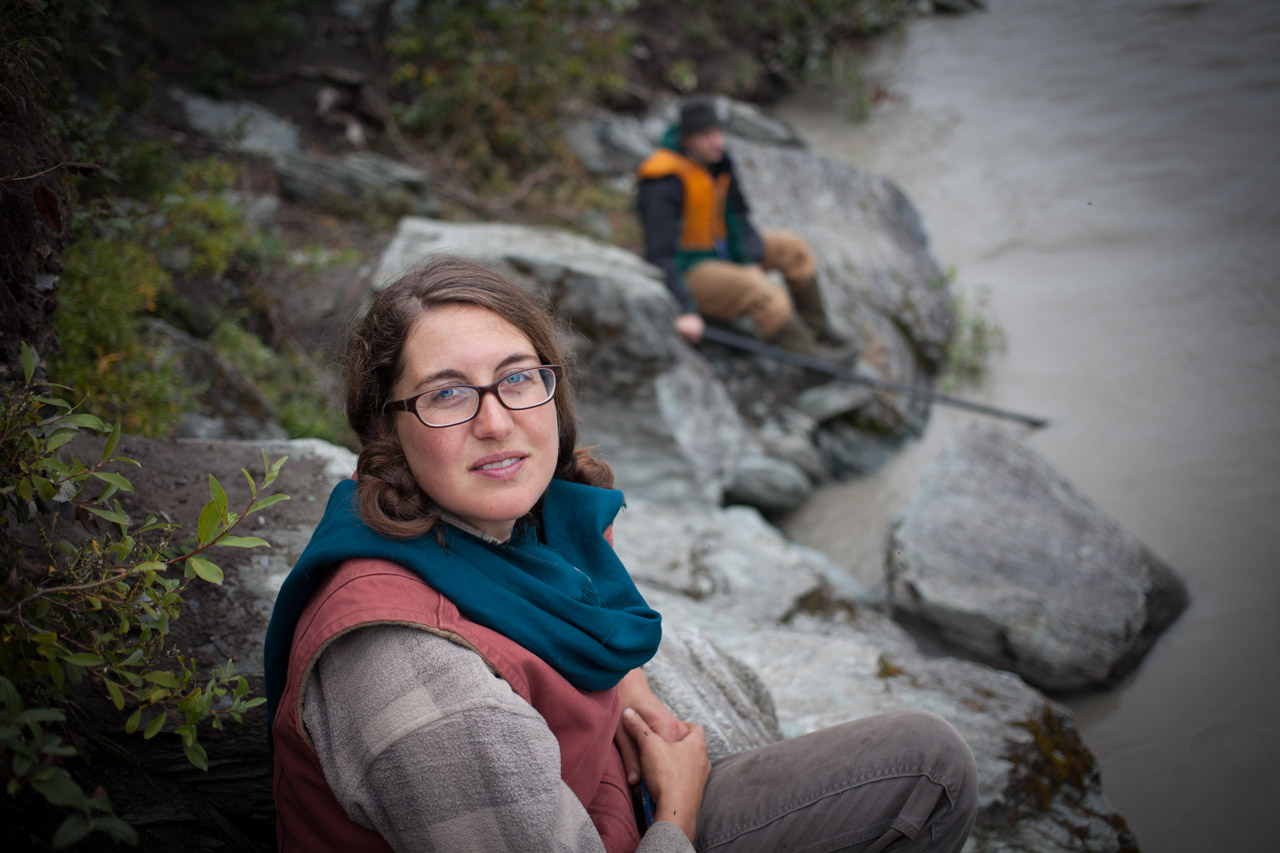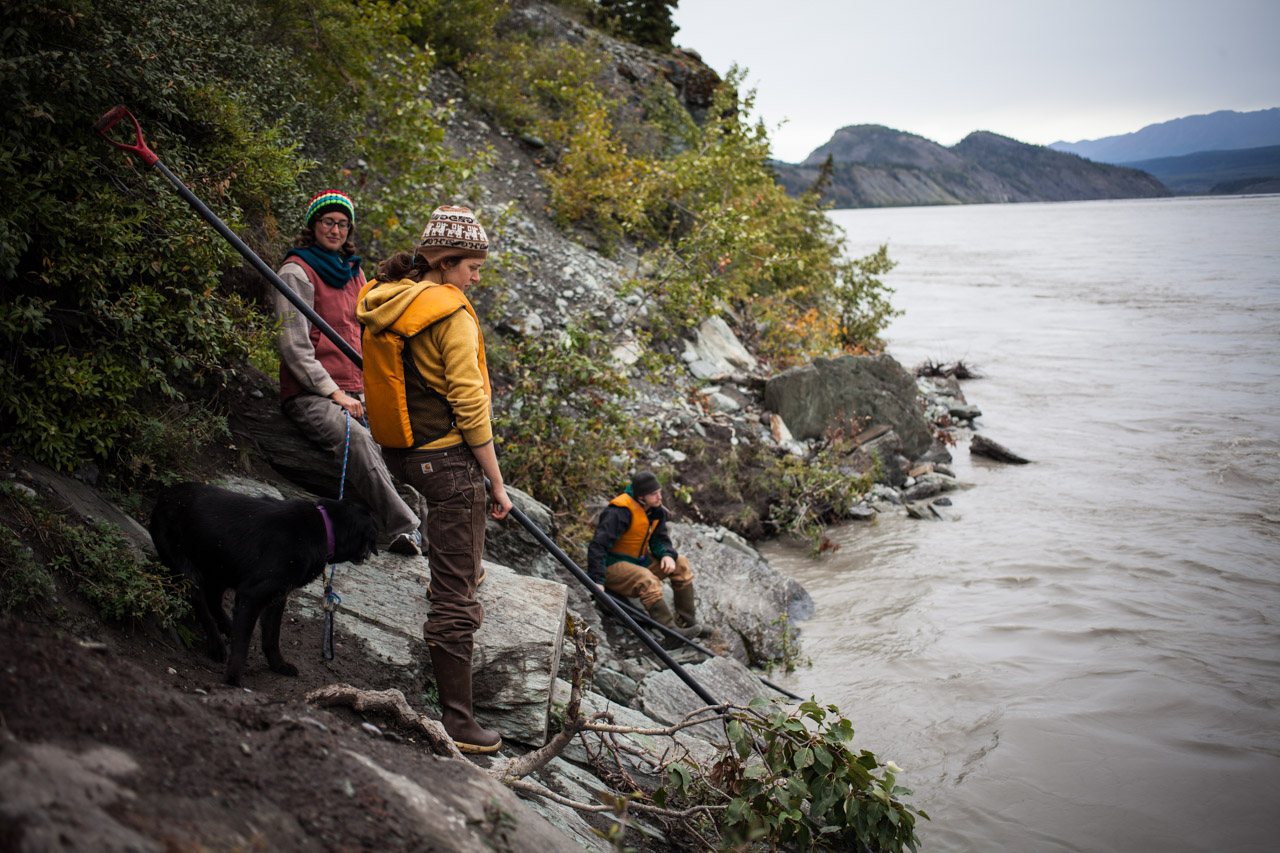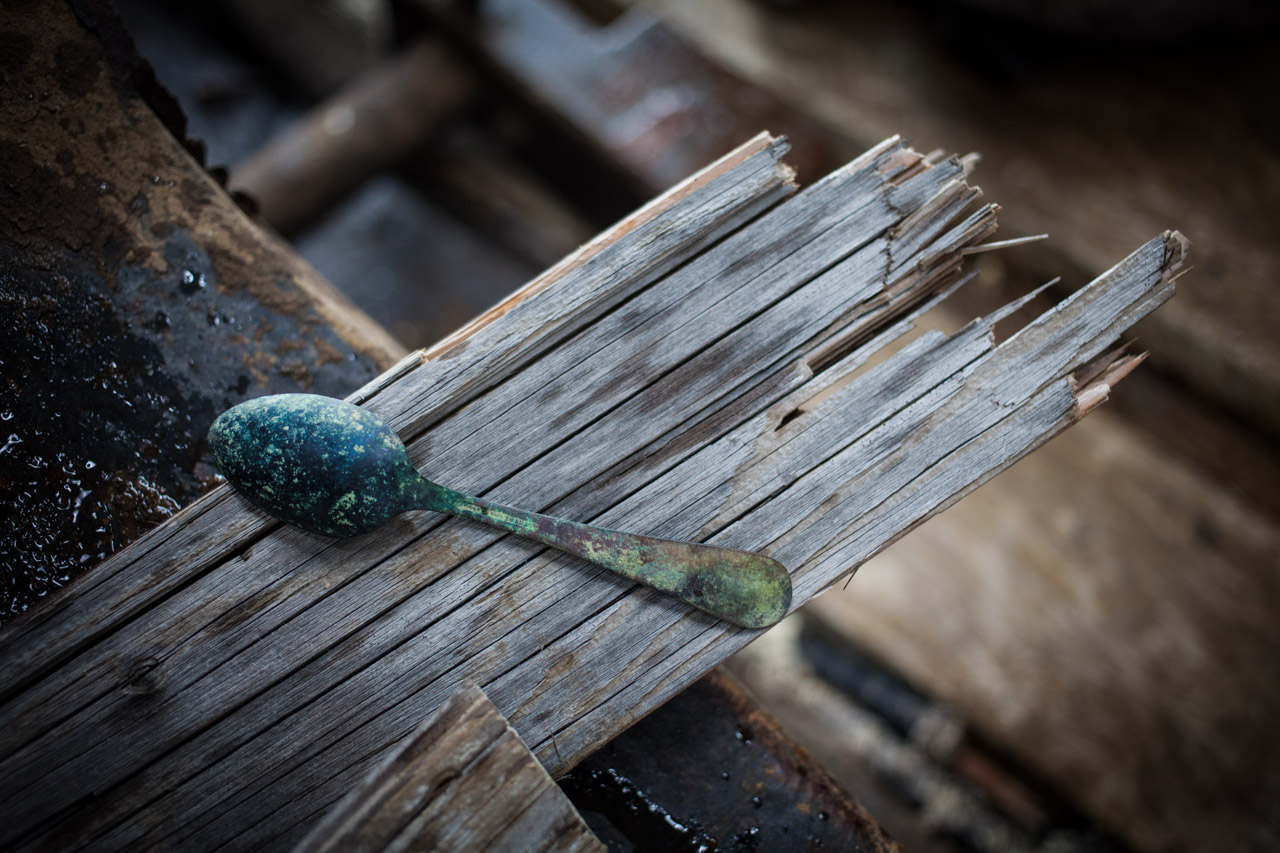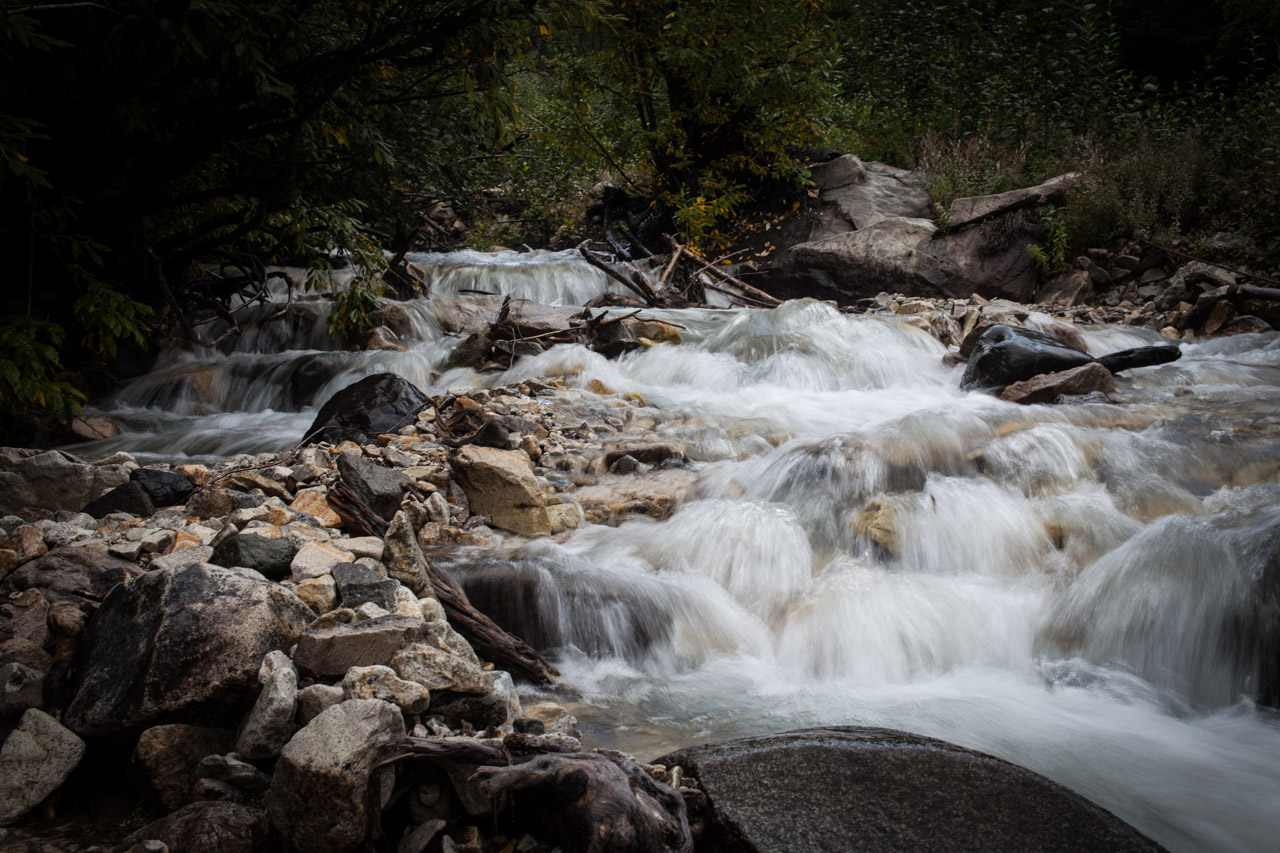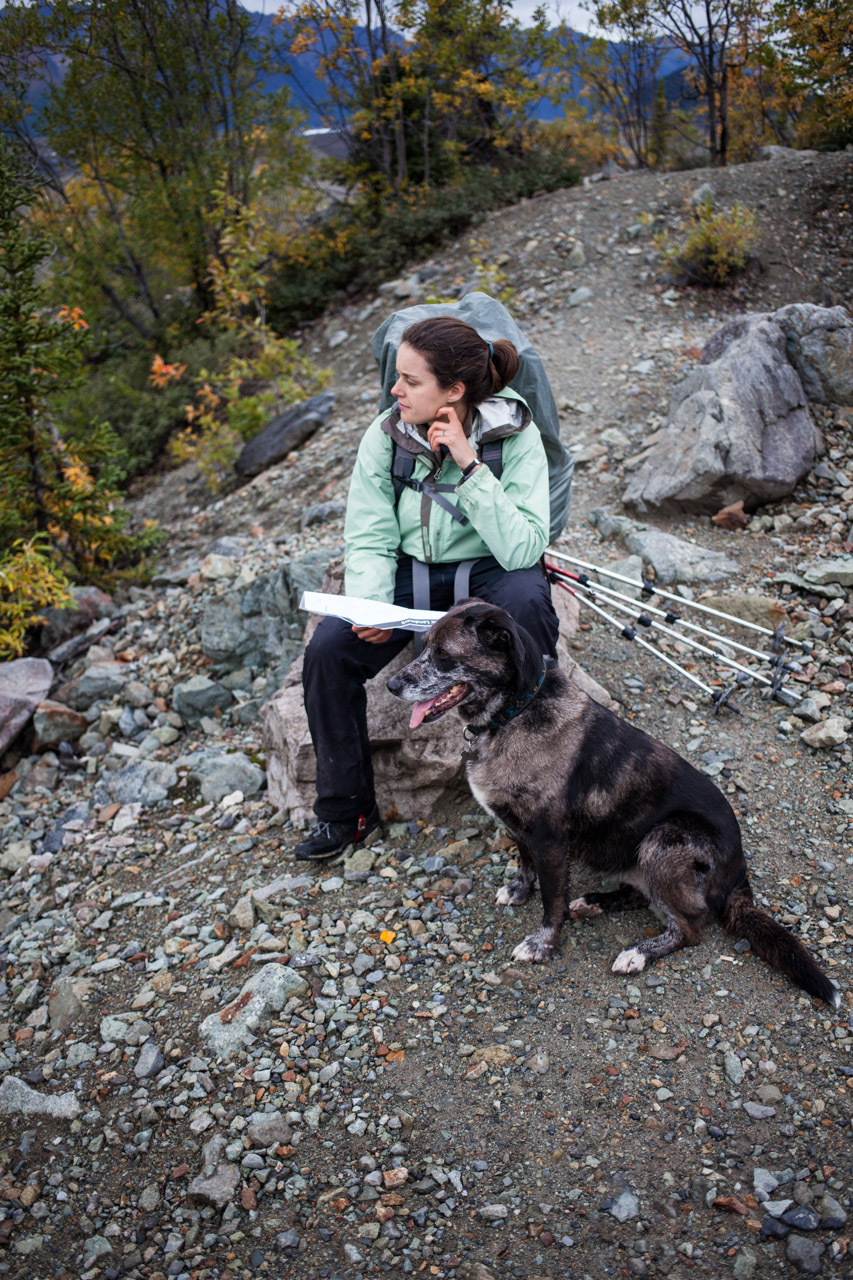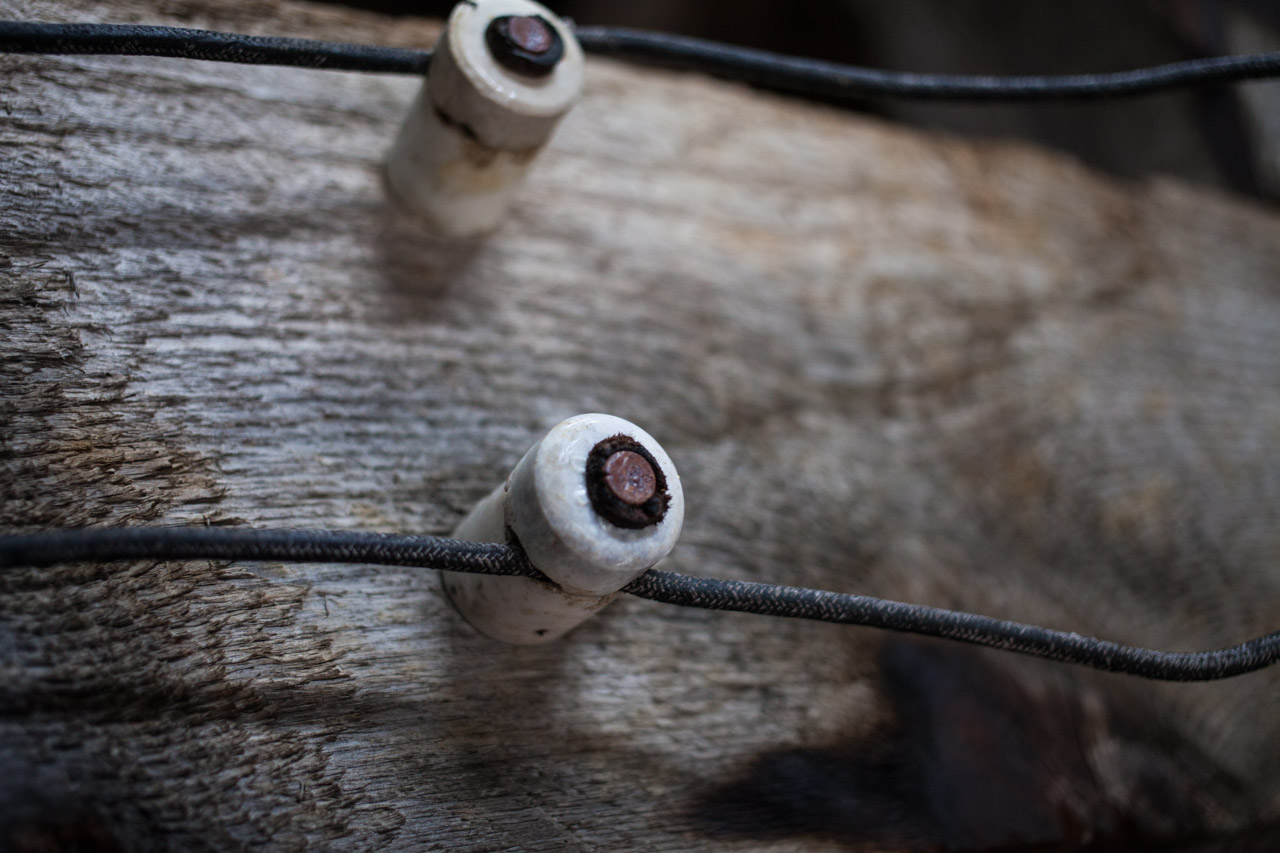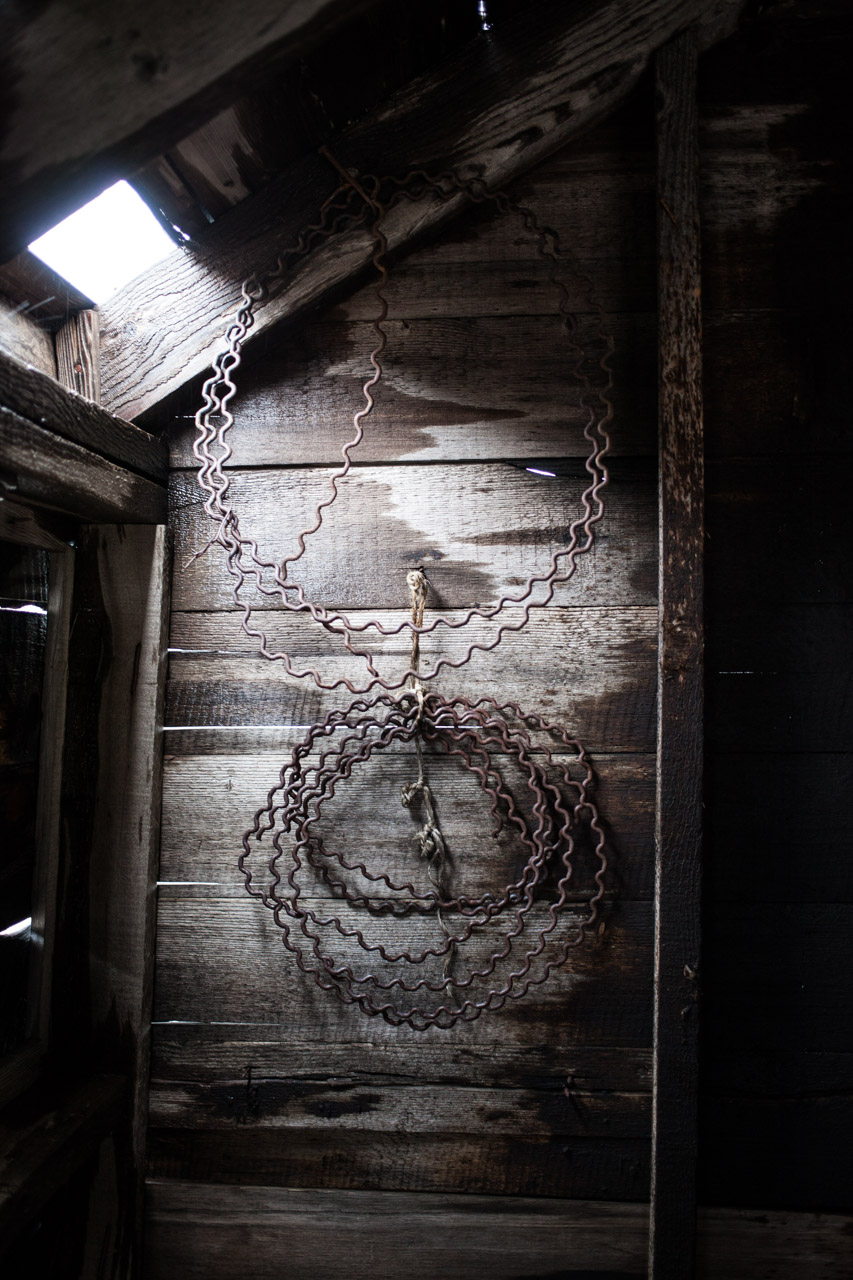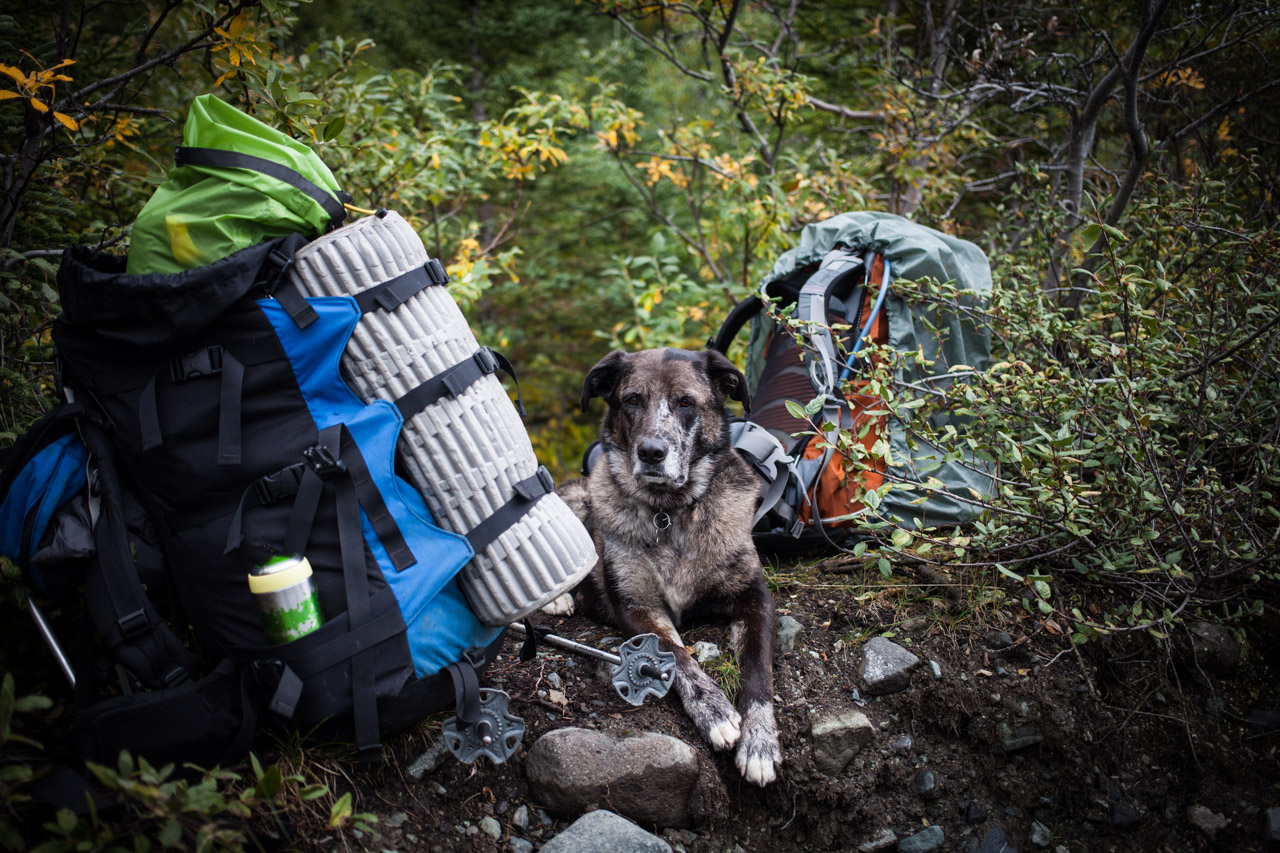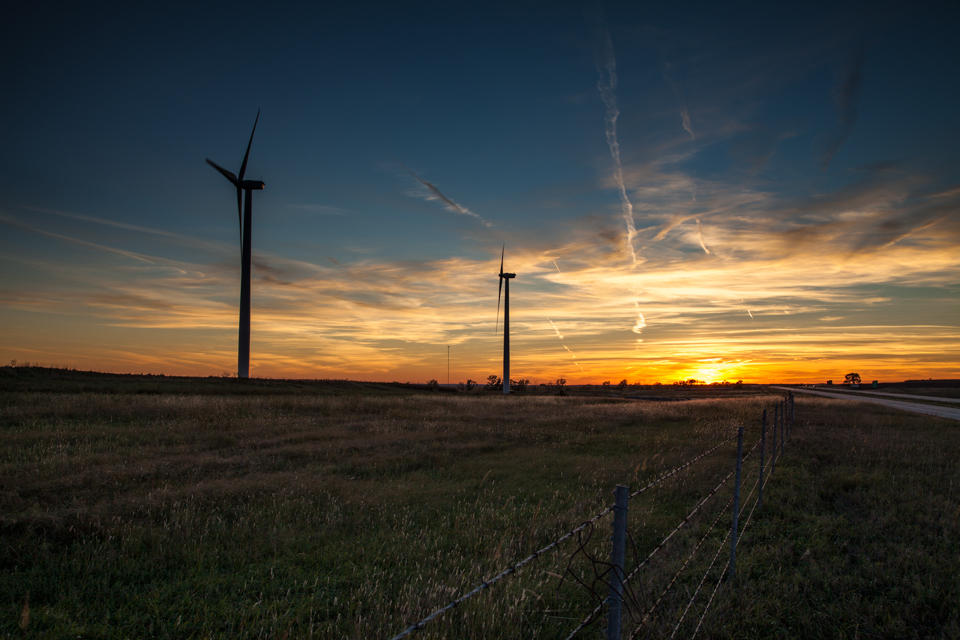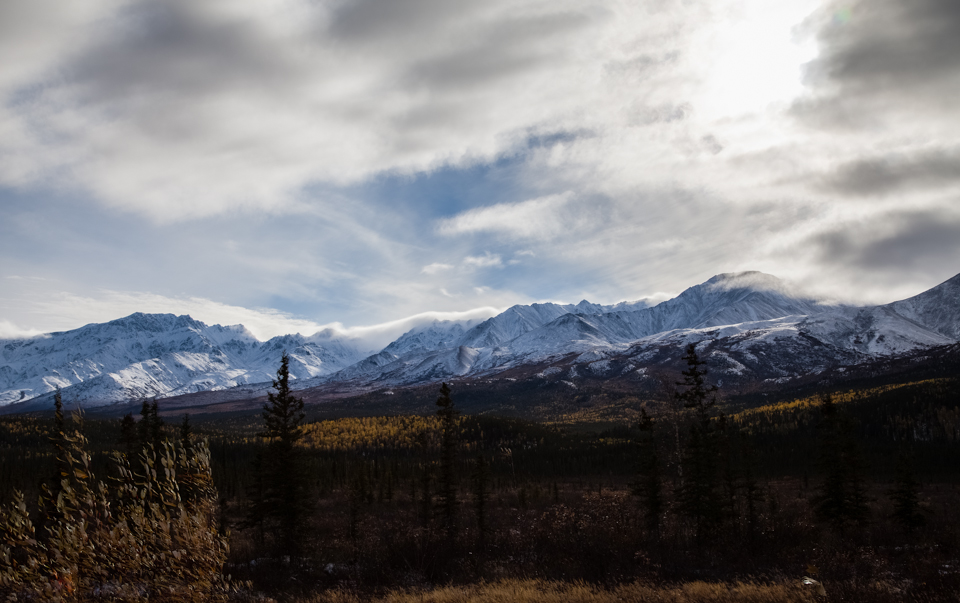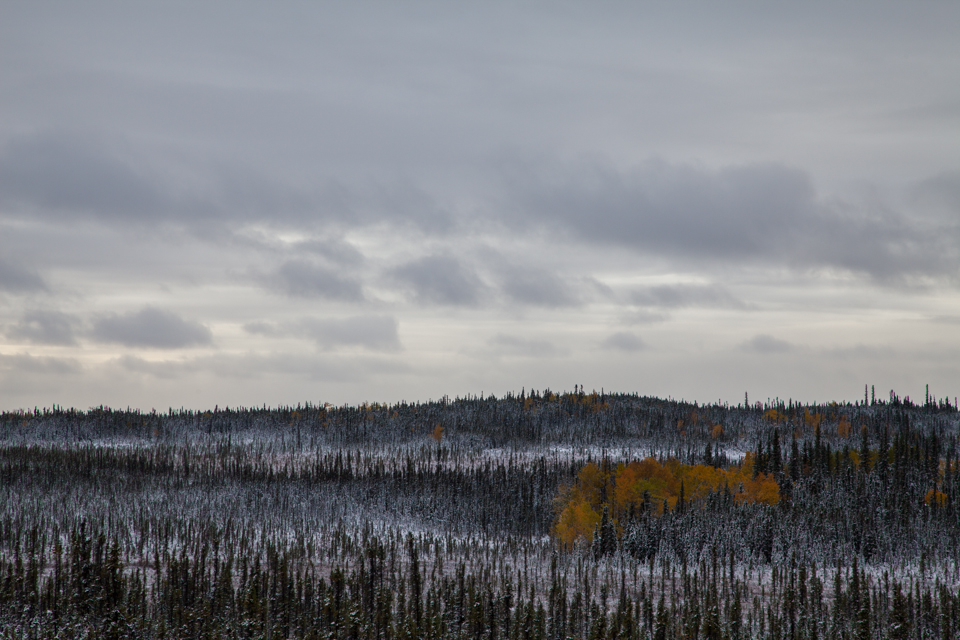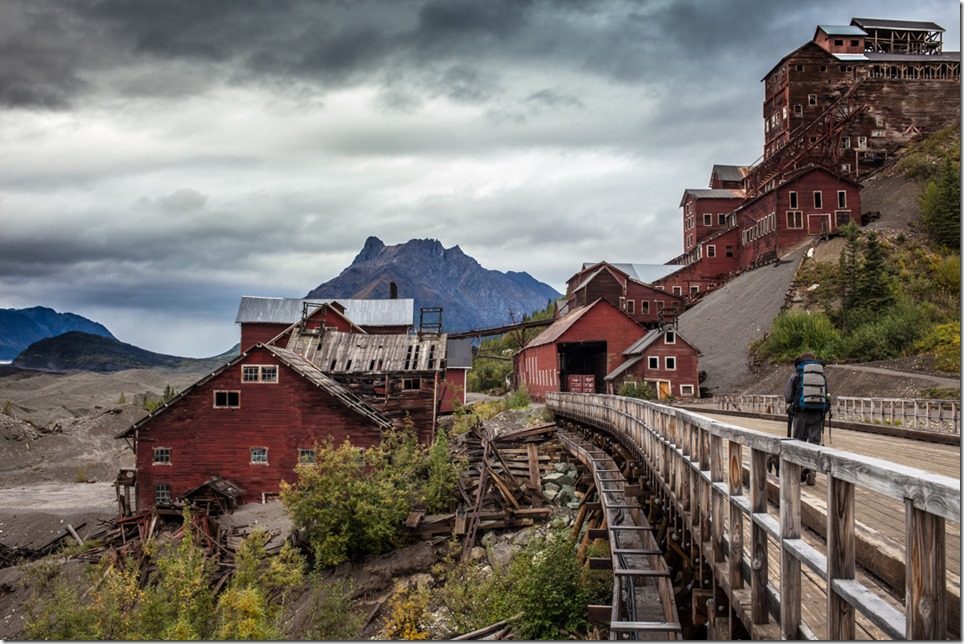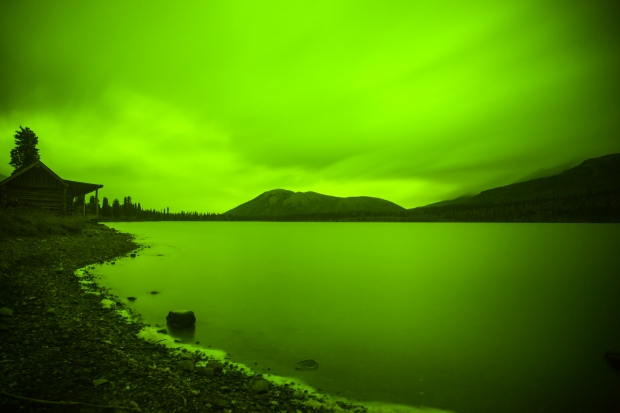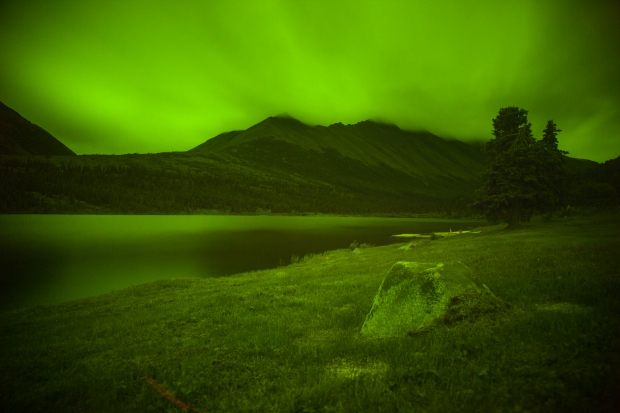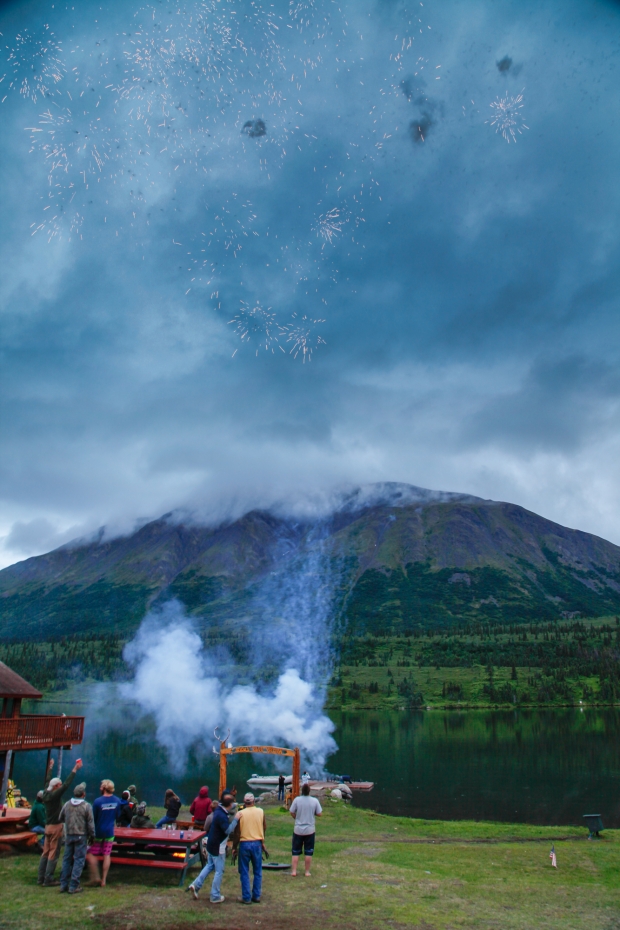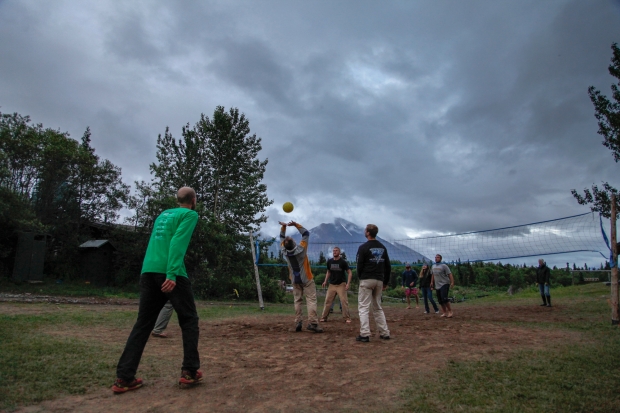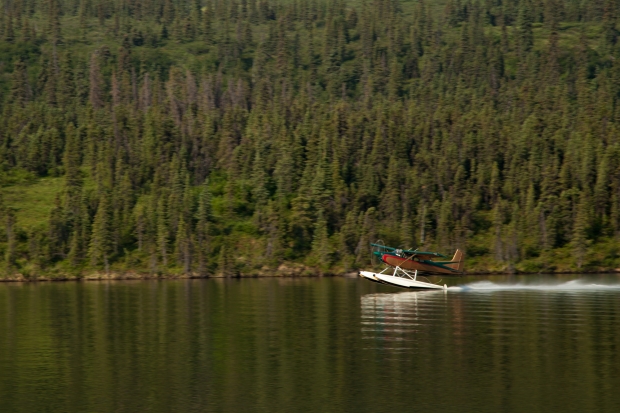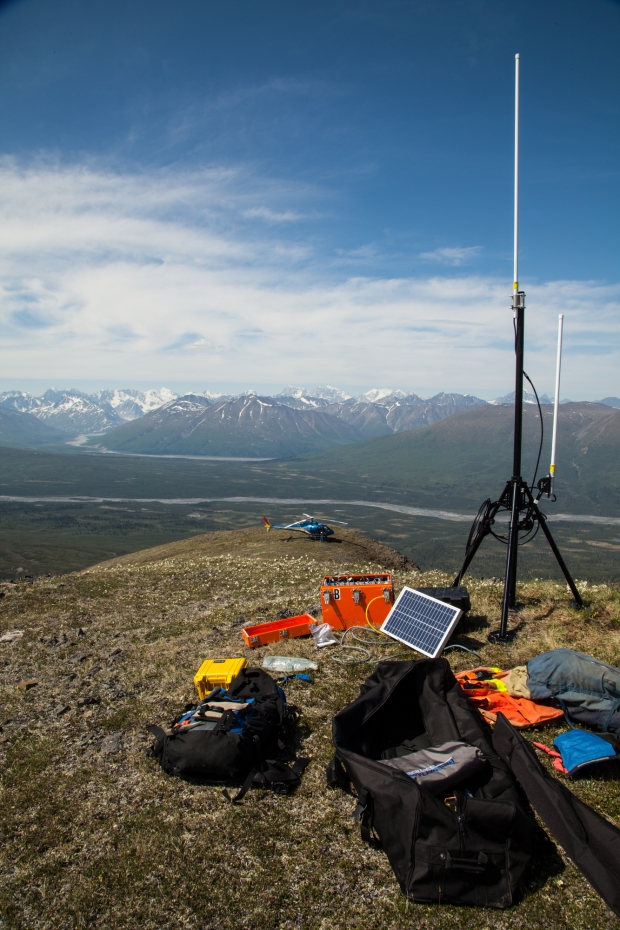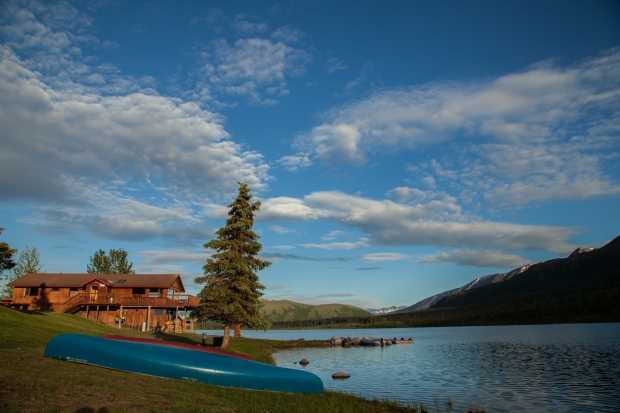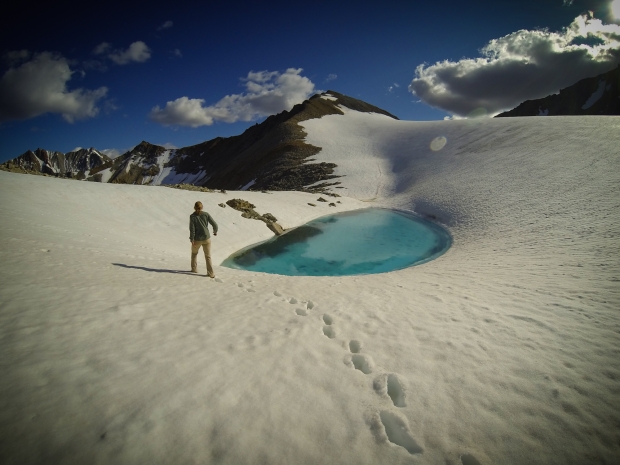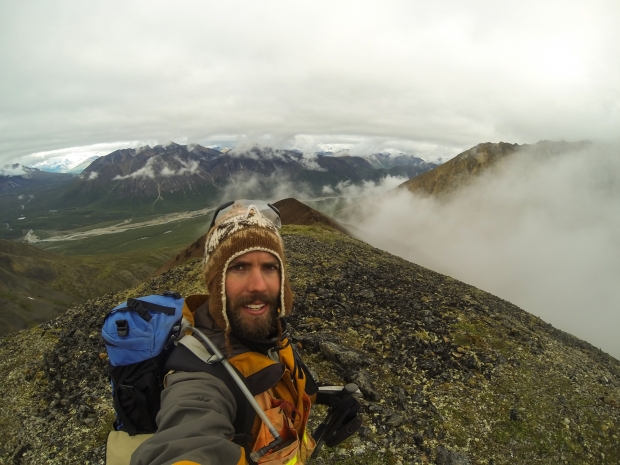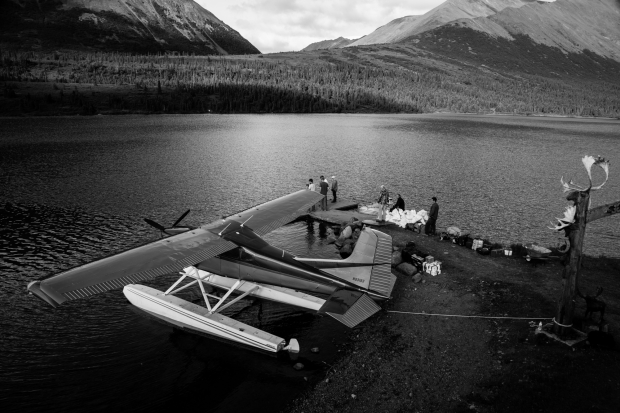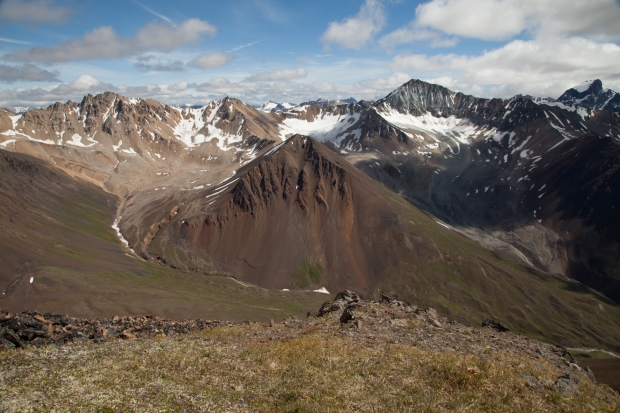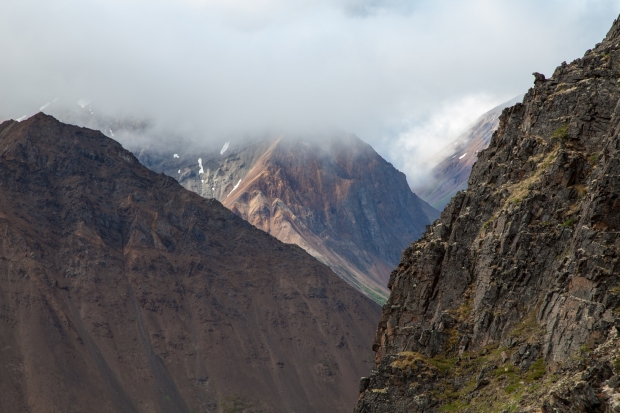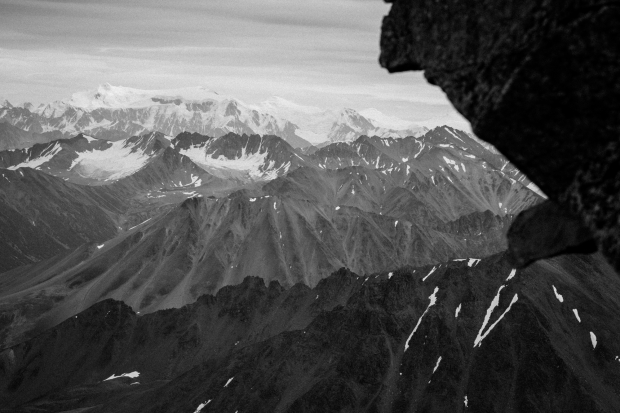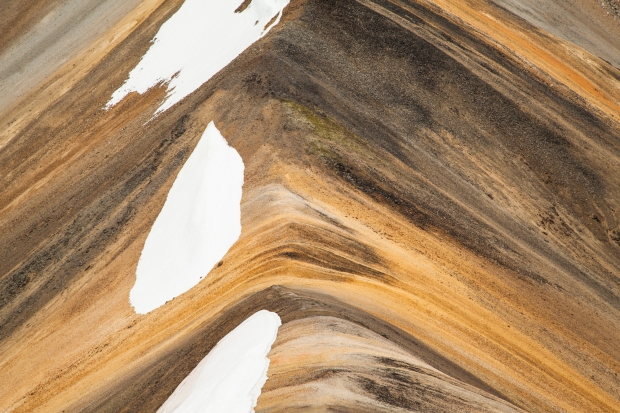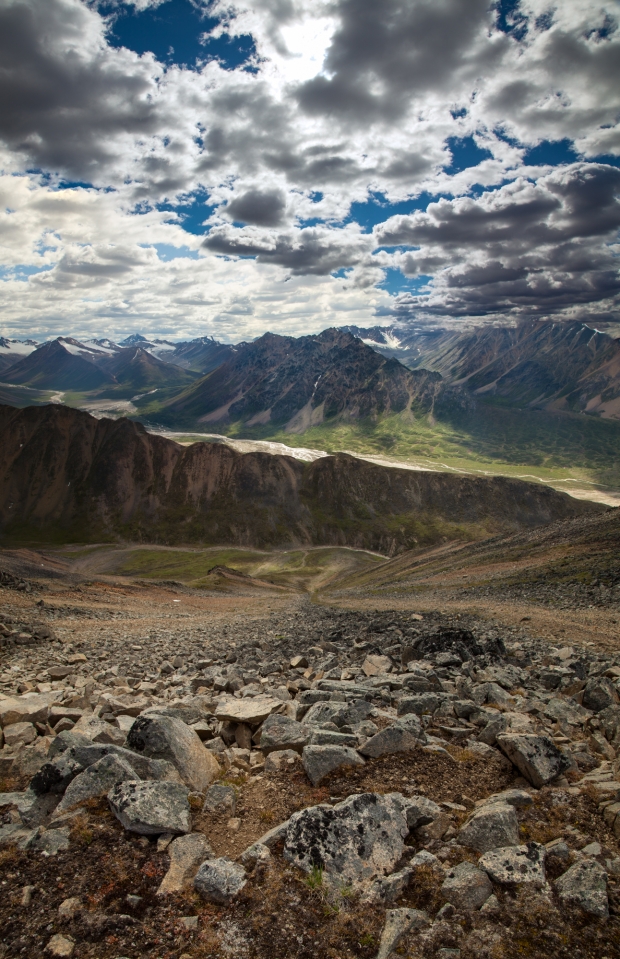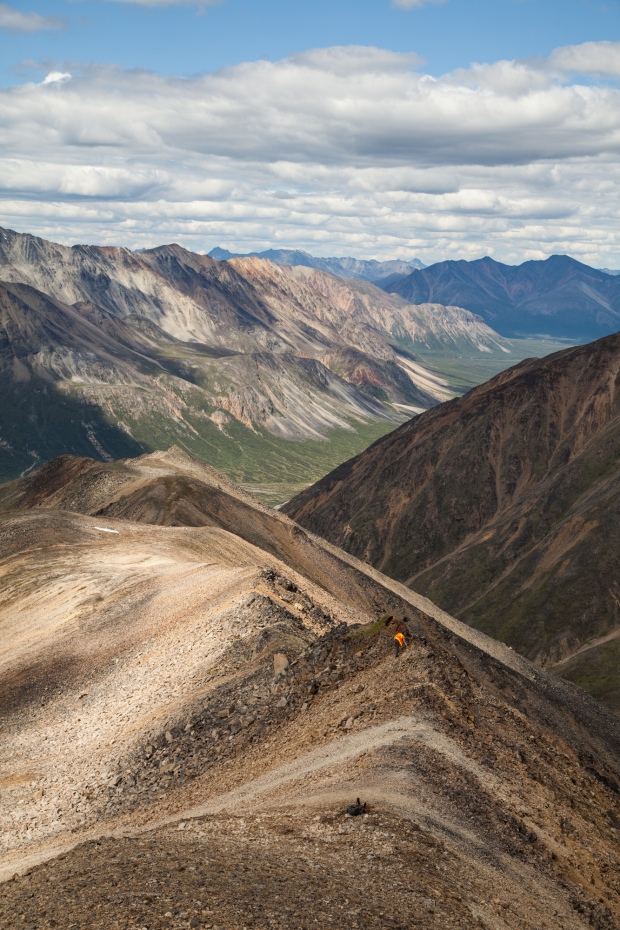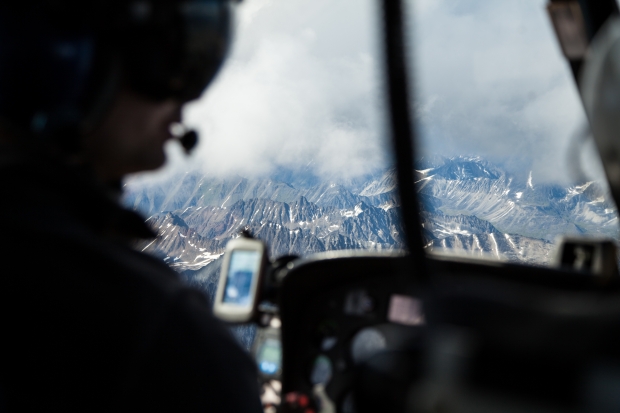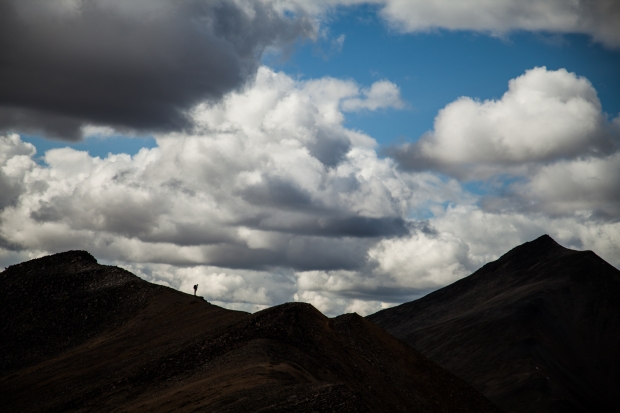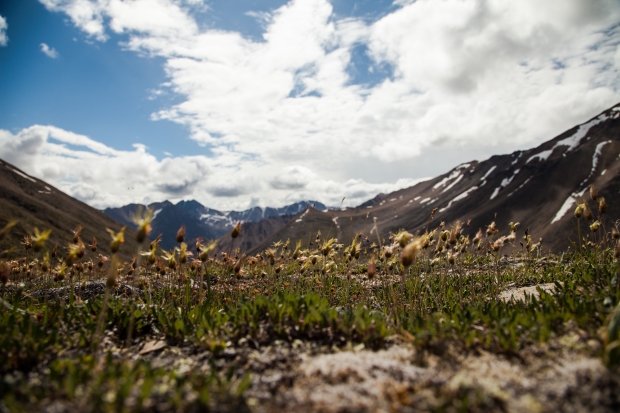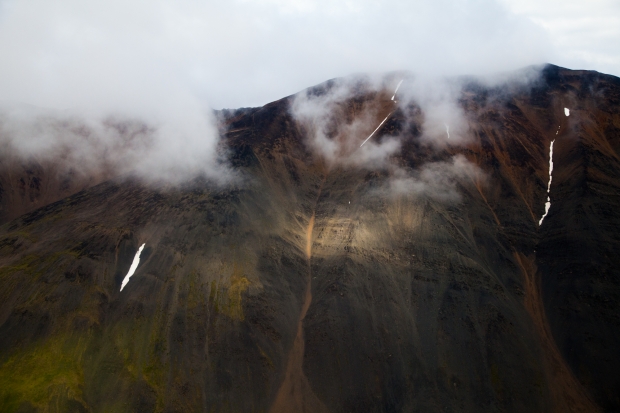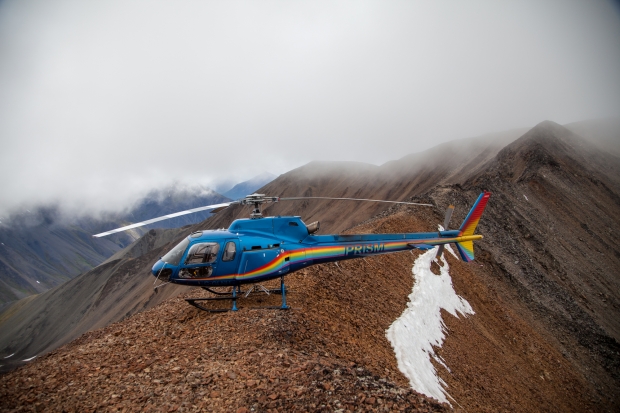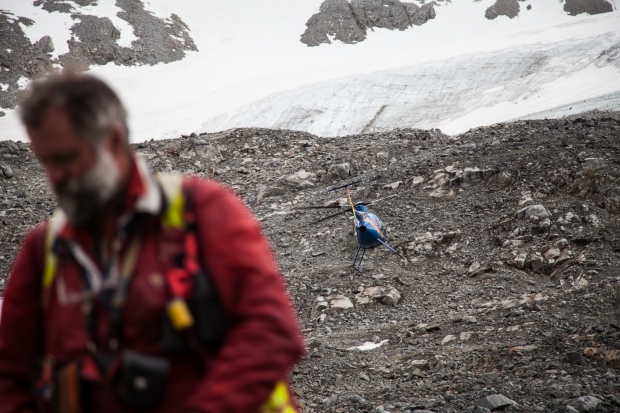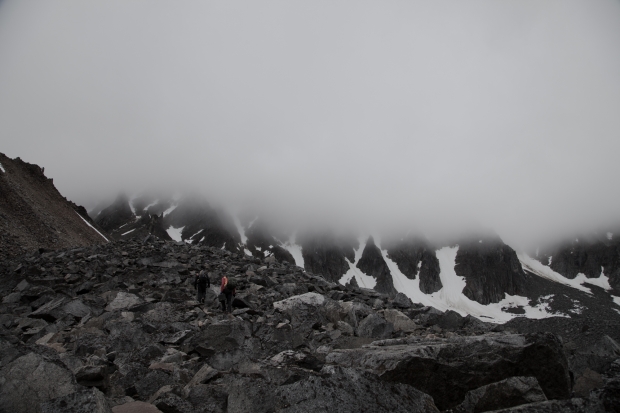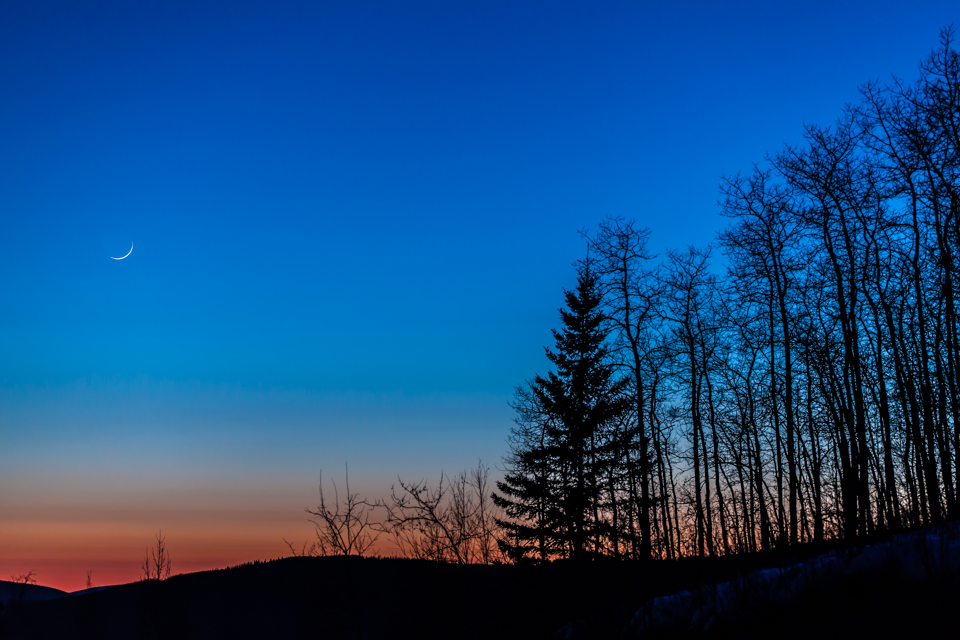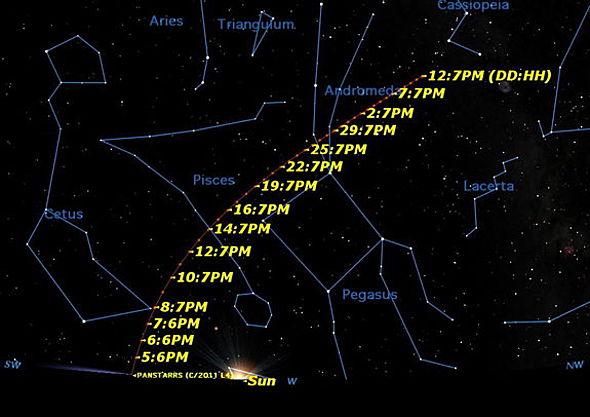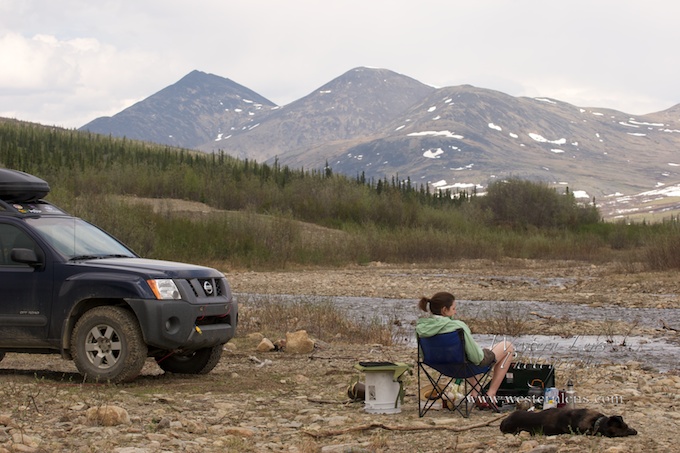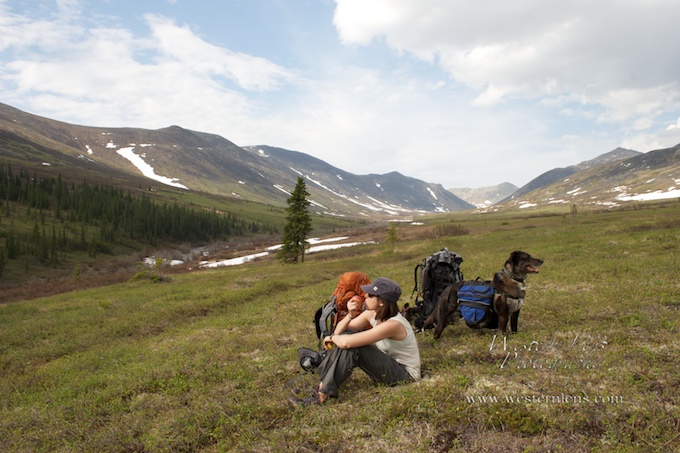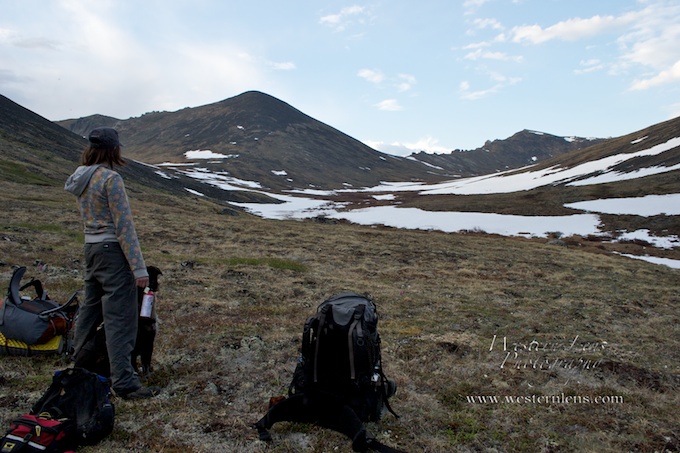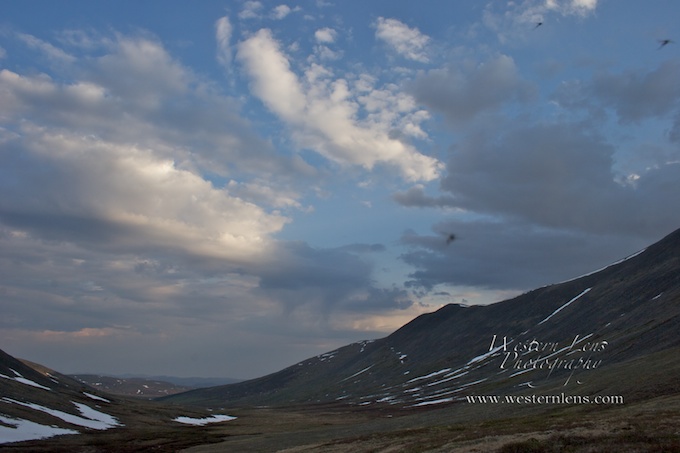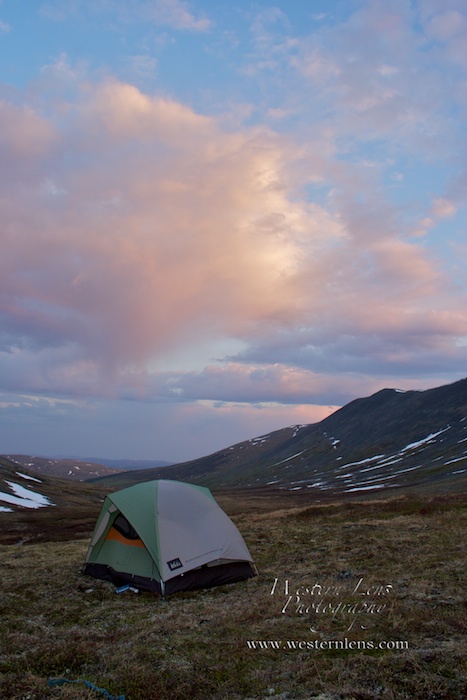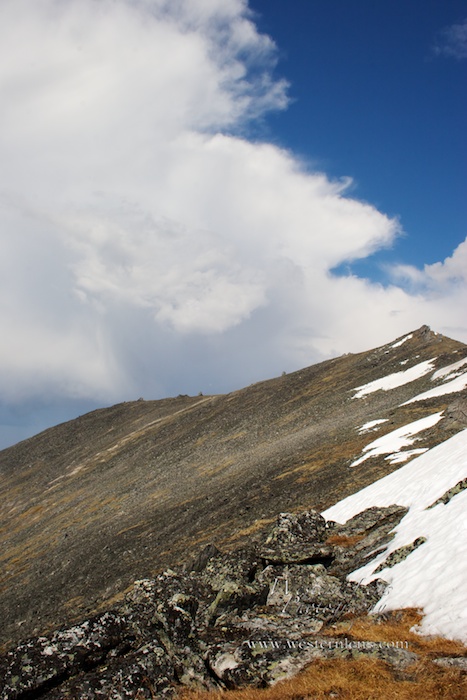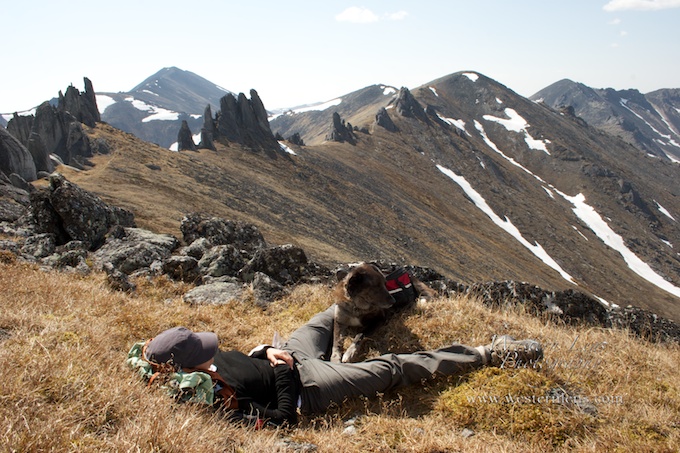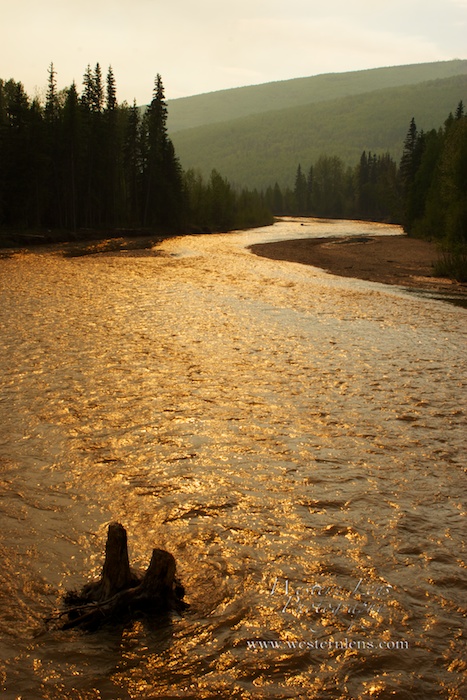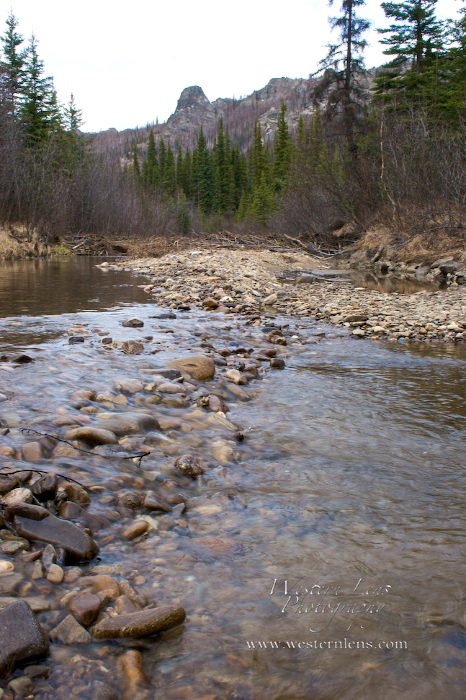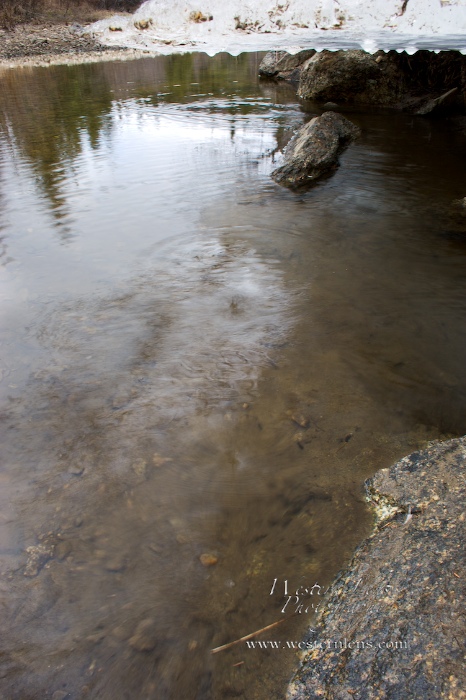Two days after arriving in Ensenada we had tourist cards, import permit, and local cell phone plan in hand and were ready to untie the dock lines and cozy up to our first Mexican anchorage. Islas Todos Santos, a cluster of two small, rocky islands peered over the horizon, a mere 10 nautical miles west of us. Known for their massive surf break and untouched wilderness we were itching to drop the hook in the shadow of their majestic cliffs, but wanted to make the most of our scant time at Baja Naval Marina sending out last minute emails and taking advantage of their hurried (5 minutes max), but free phone calls to the U.S. At 4 pm we finally slammed the laptop screens shut and unadvisedly pushed off from the dock. With the border crossing finally behind us, we were brimming with enough overconfidence to shrug off the dangers of a seemingly straightforward day sail and head into battle with a strong headwind and race against the setting sun.
When we finally arrived at our intended anchorage on the lee side of the southern island, bright golden streaks filled the sky where the sun had once stood. Although darkness was gathering its strength, we had just enough light to clearly make out the large aquaculture nets that were choking the small anchorage and spilling out into the deeper waters surrounding it. Erik sailed us south along the massive array of sea bass enclosures as we tried in vain to locate a significant gap in the nets. With the enclosures extending out to depths greater than 200 feet, it was both too deep and too exposed for Resolute to take shelter. From where we floated our options were few and since it was too late to turn tail and run back to Ensenada, we decided it was either head out sea or get down right cozy with the enclosures. We opted for cozy and steered Resolute toward the cliffs well south of our previously planned anchorage. Nervously dodging buoys and pens we picked our way through the maze. Scarcely a breath escaped between us as we imagined the tangle of lines that may lie just below the surface, connecting the large structures and waiting to foul an unassuming propeller. We nestled in as close to the cliffs as we dared and dropped the hook in 70 feet of water. It took us four nail biting attempts to set the anchor and find just the right amount of scope to hold us off the enclosures but still keep us firmly rooted to the short, rocky shelf. On our third attempt setting the anchor, movement above the cliffs in front of us caught my attention and I glanced up to see two men, likely the fisherman overseeing the aquaculture operation, gawking at us from the porch of a large ranch style home. Although I could not make out their faces, their stiff stature and binoculars in hand told me that it was not everyday they witnessed a couple of foolhardy sailors trying to become one with their sea bass nets. There was not a lot of sleep had that night (by us and quite possibly the fishermen) and at 6 am the next morning when the winds shifted in an unfavorable direction we pulled anchor and quickly exited the maze the way we entered.
In the light of day the rugged volcanic cliffs commanded our weary attention, sprouting from the white sea foam and terminating in a medusa like crown of encircling gulls. The verdant rolling hills contrasted the stark desert beauty of the mainland, and the cool breeze tempered the grueling heat of the past week. Even though the first night wracked our nerves and the lack of sleep left us cranky and quick tempered, neither Erik or I were ready to let Islas Todos Santos slip away. We had read of the possibility of an anchorage on the smaller of the two islands, so we motored north with fingers crossed.
We found the northern anchorage exposed to wind and waves, but the obvious lack of aquaculture nets was hard to ignore, and in our less than picky state dropped the hook with giddy smiles plastered across our faces. We spent the afternoon napping and fishing and that evening dined on the spoils of our first catch of the trip. By the next day we were feeling naively content with Resolute’s exposed location and hopped in the dinghy (aka Pudgely) to seek out solid earth beneath our shaky sea legs. We beached Pudgely on a small, protected spot on the southern island and scrambled up the rocks to the top of the cliff where we found two young biologists at work in a small concrete structure surrounded by three small tents and several plastic tubs of field supplies. The second I saw them I felt a painful longing and I knew Erik felt it too. This time of year, if we had not been cruising, we would have been preparing for another long field season crawling around the remote corners of Alaska, studying coastal processing and mapping geology. The memory of lugging those heavy plastic tubs all over the state made the corners of my mouth turn up into a broad smile and I escaped my day dream just in time to hear the biologists warning us to give the nesting cormorants a wide berth. They went on to inform us that if the cormorants felt threatened they would fly away, leaving their precious eggs exposed to the multitude of hungry gulls. So we walked on keeping a watchful eye for nesting birds and trying desperately to make ourselves as small as possible as to avoid the rain of poop that belted down upon us from the tenacious gulls overhead. Everywhere we went, a wall of white flew up in front of us and merged with the droves of gulls already encircling us. The cacophony of squawking intensified as we neared the western end of the island and our clothes by this time were wet with the gifts they rained down on us. After a hurried snack break, during which the gulls did give us a small reprieve, we headed back to Pudgely.
When finally back within view of Resolute we noticed she was thrashing violently and her anchor chain was nearly vertical. We sped up to her and quickly hopped on deck to find the snubber line snapped and chain hook missing. Not only was our anchorage unprotected, but the seafloor below it was very, very rocky. Much to our dismay our chain had wrapped itself around a boulder, reducing our scope and putting our anchoring system in danger. Erik gave me a forlorn look as I ran back to throw on the windlass and fire up the engine. But after several attempts to pull the anchor, Resolute’s chain sprang free, and we breathed a sigh of relief at the minimal loss of a snubber and chain hook compared with the loss of 100 feet of chain and a rocna anchor!


